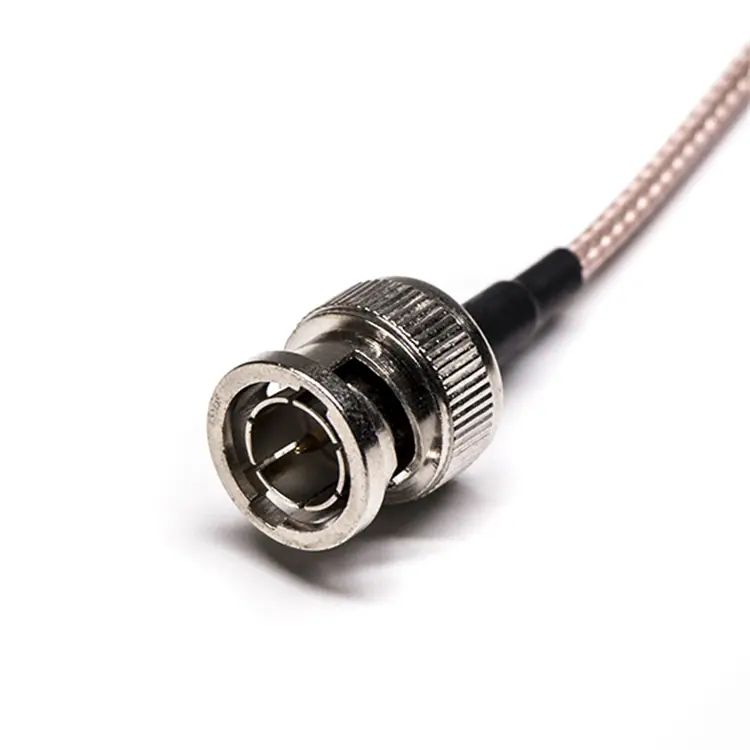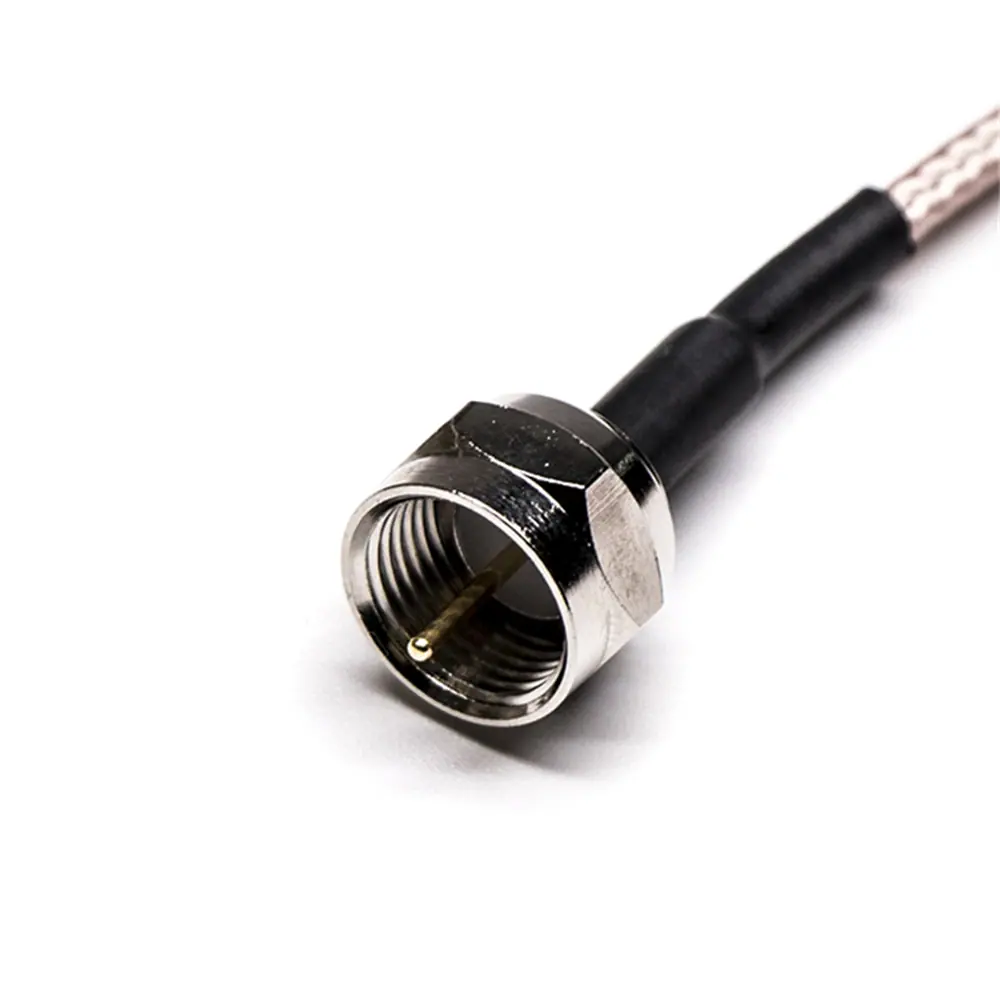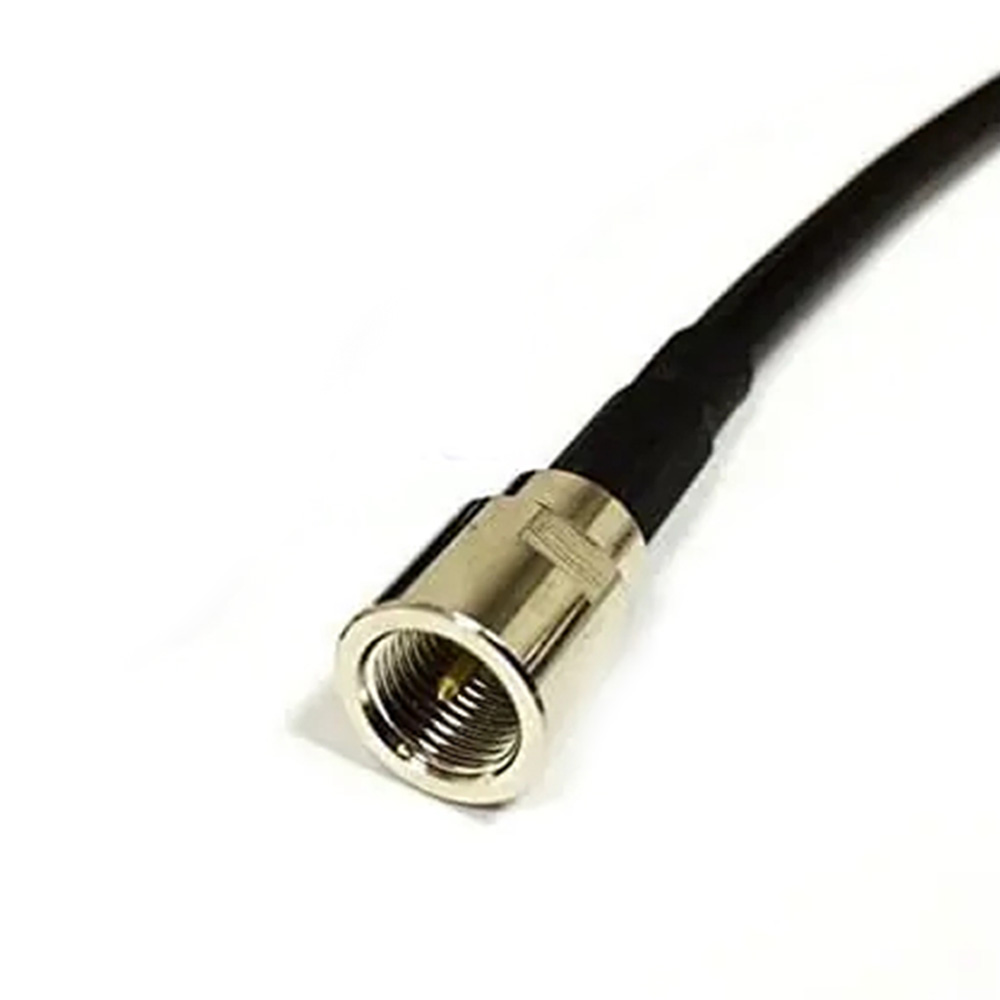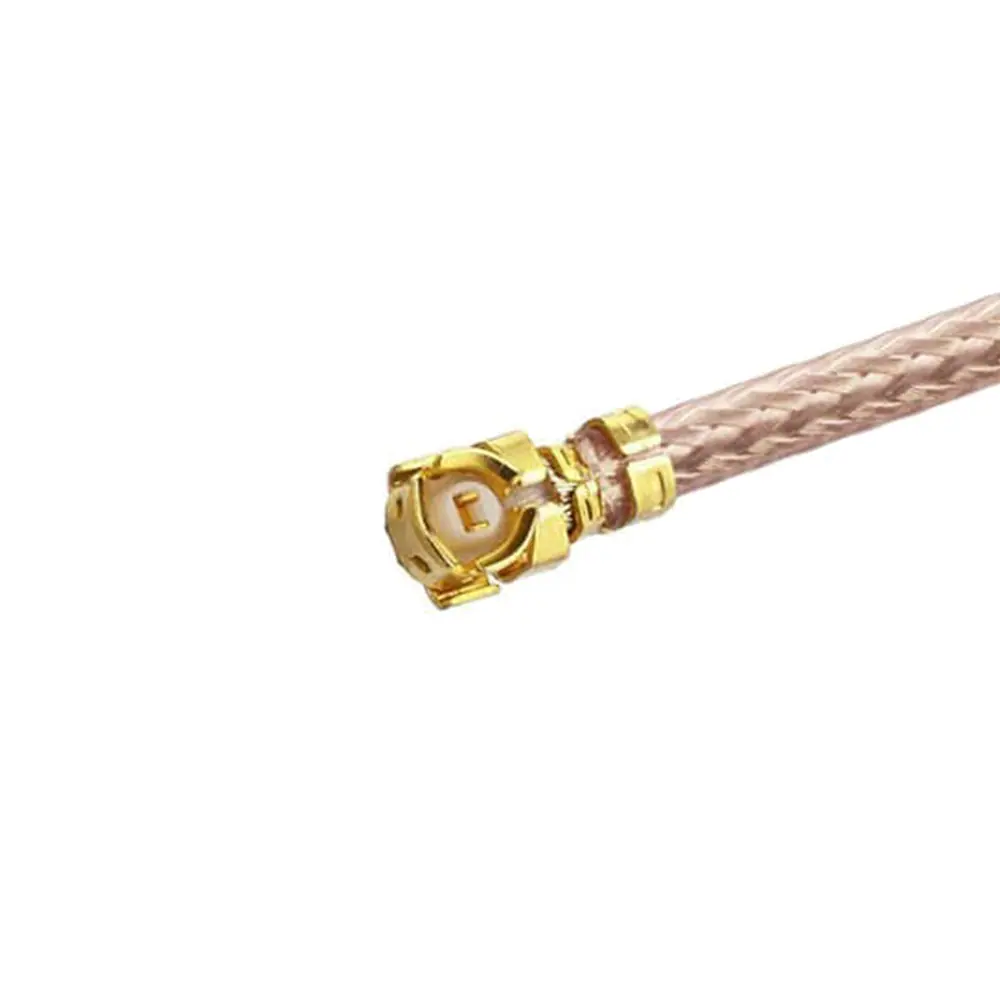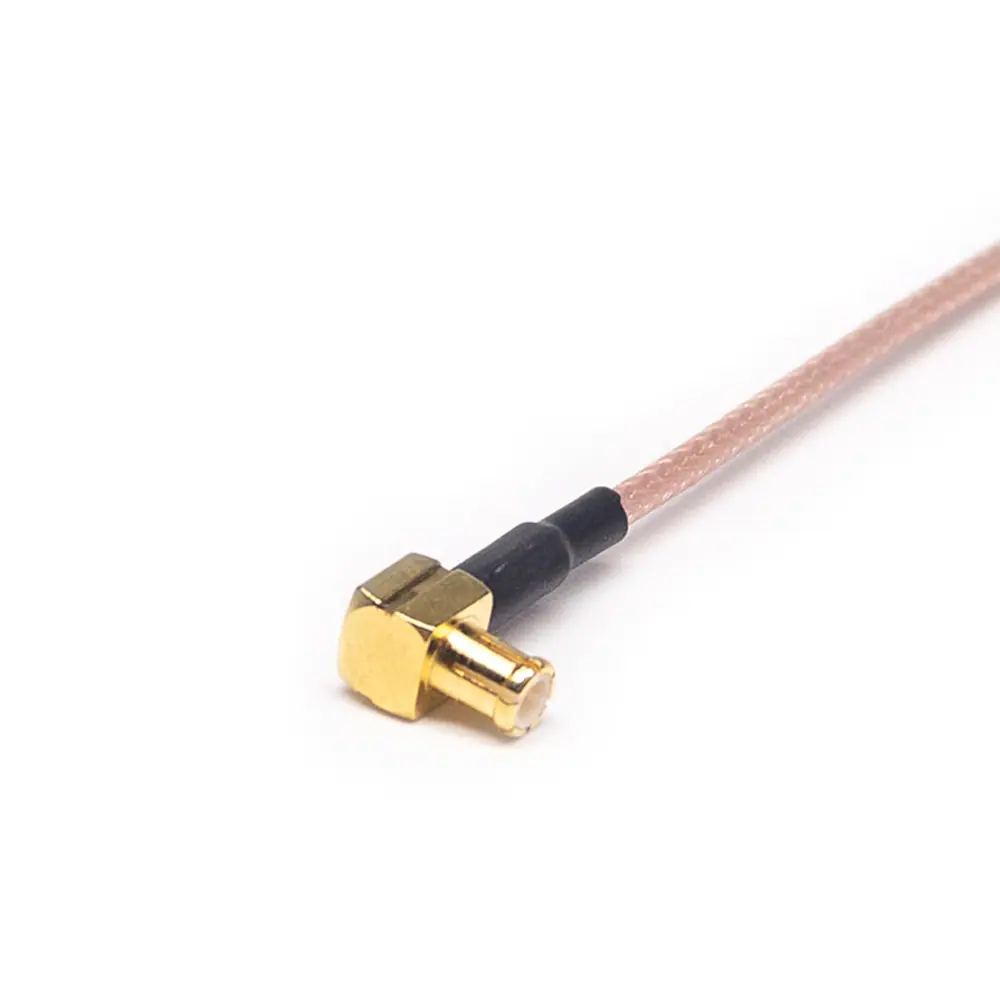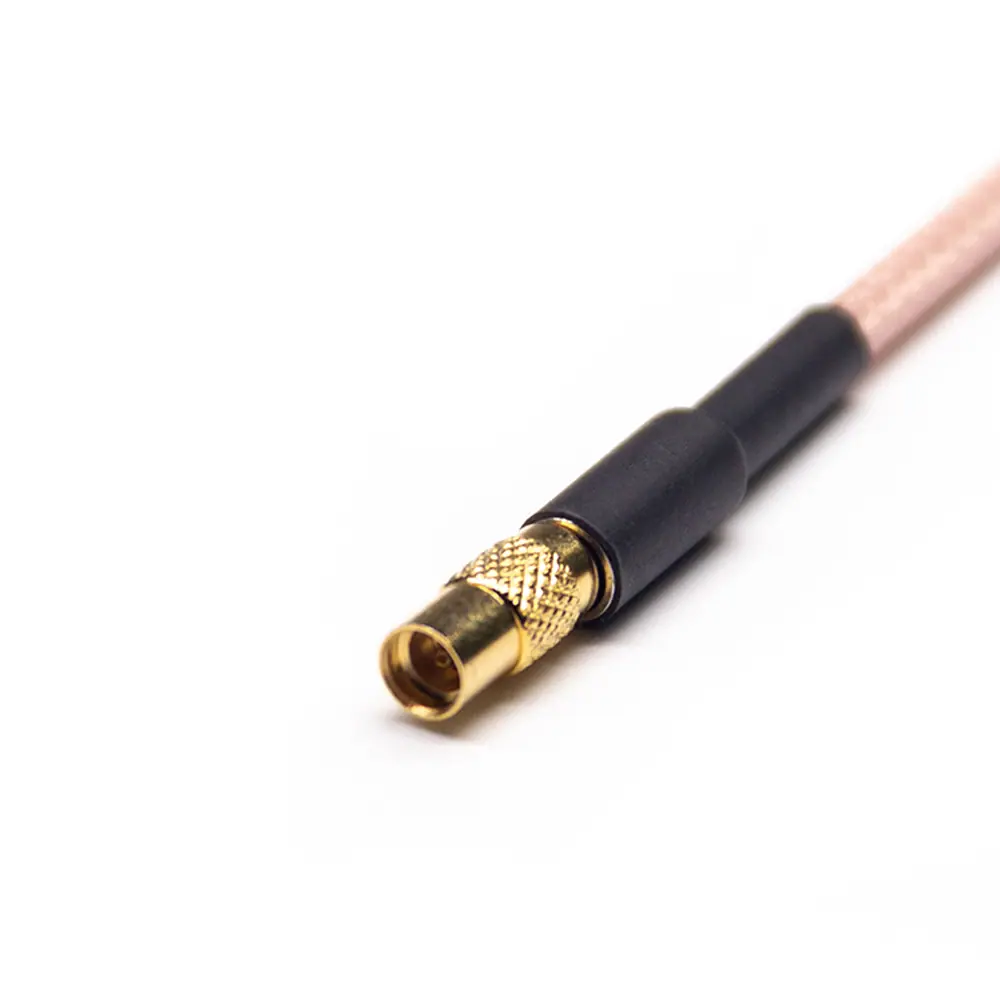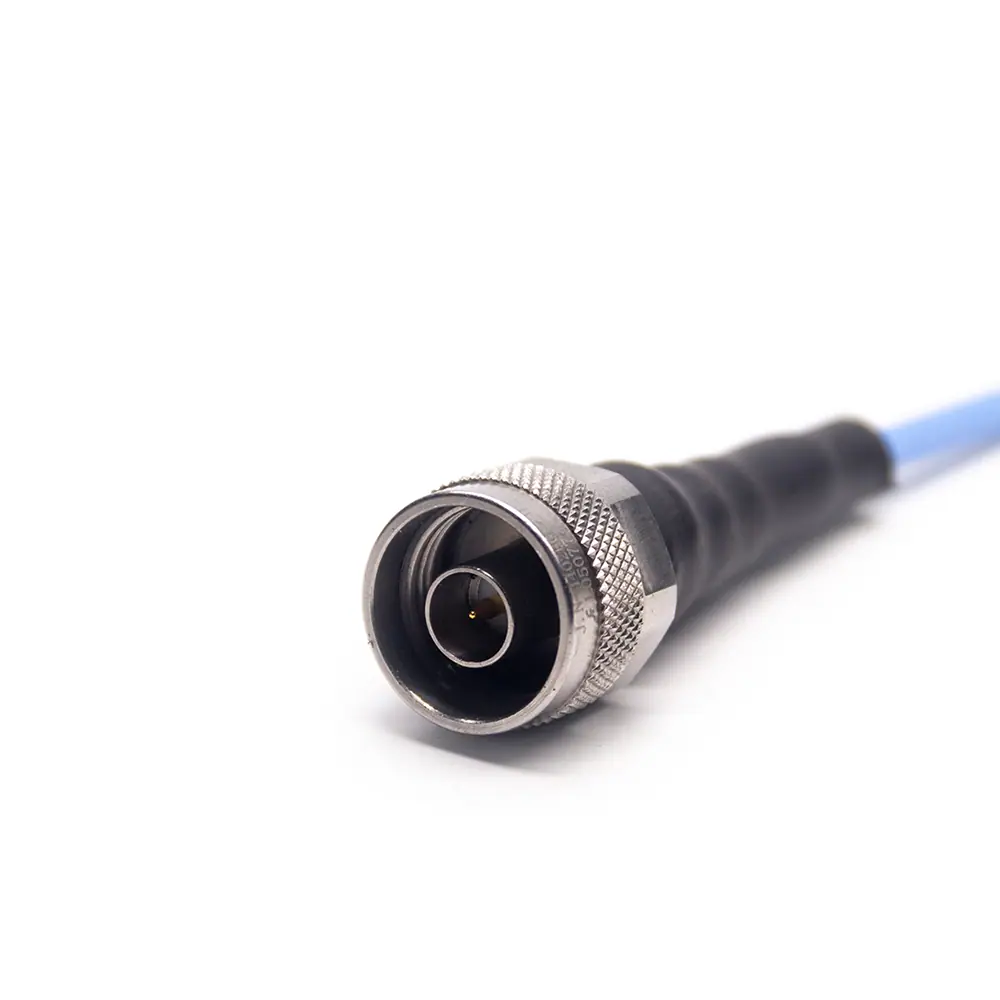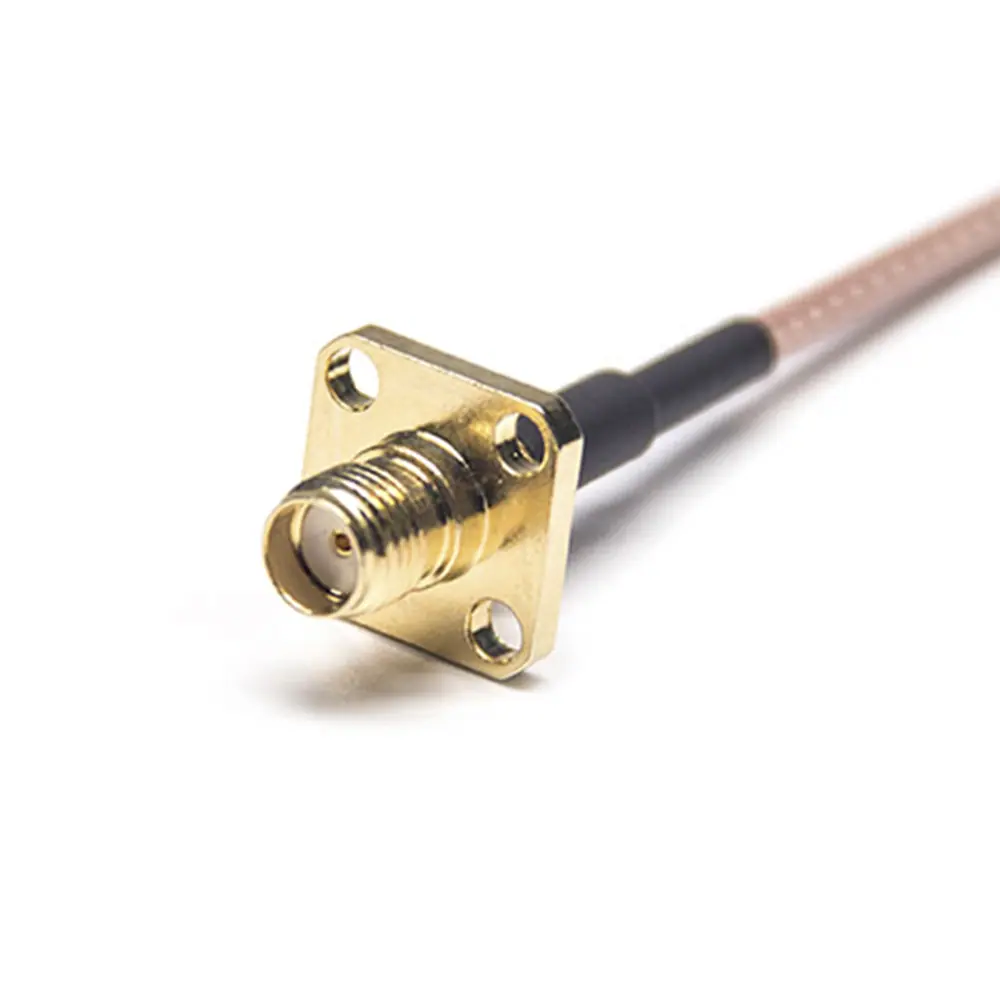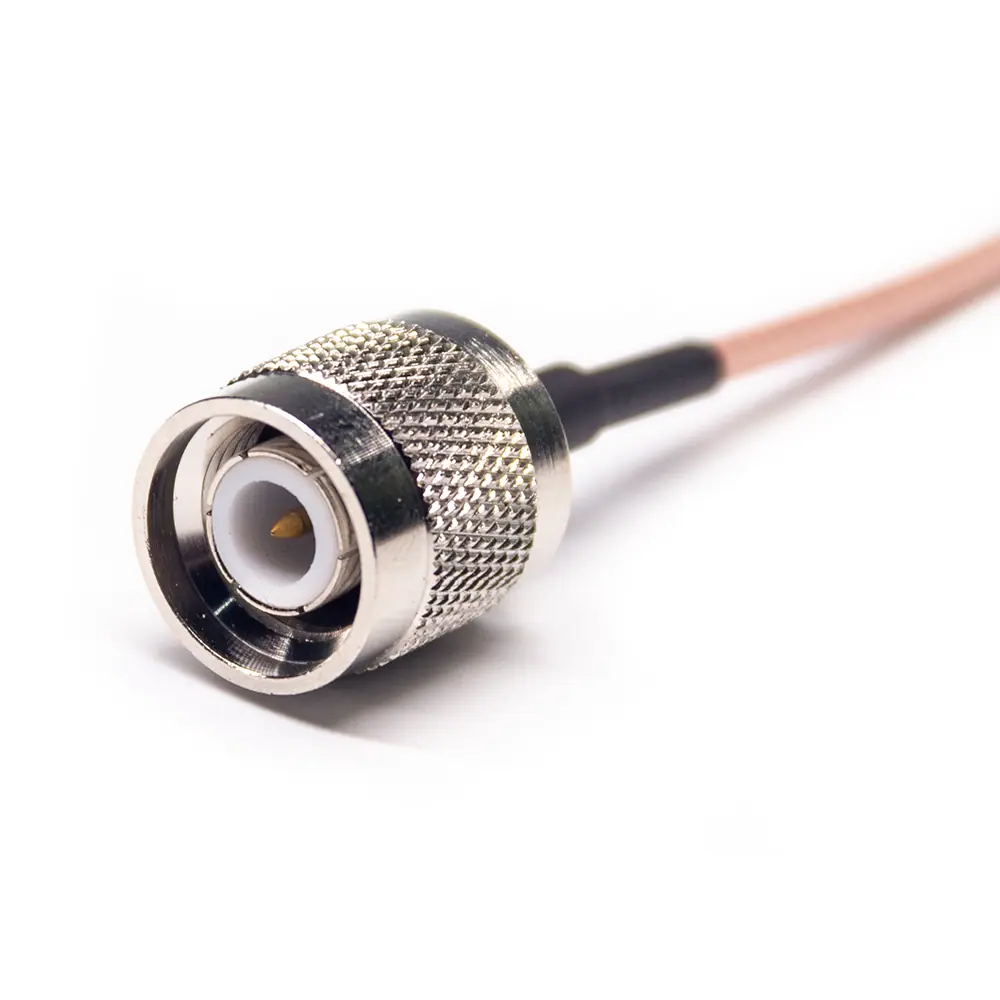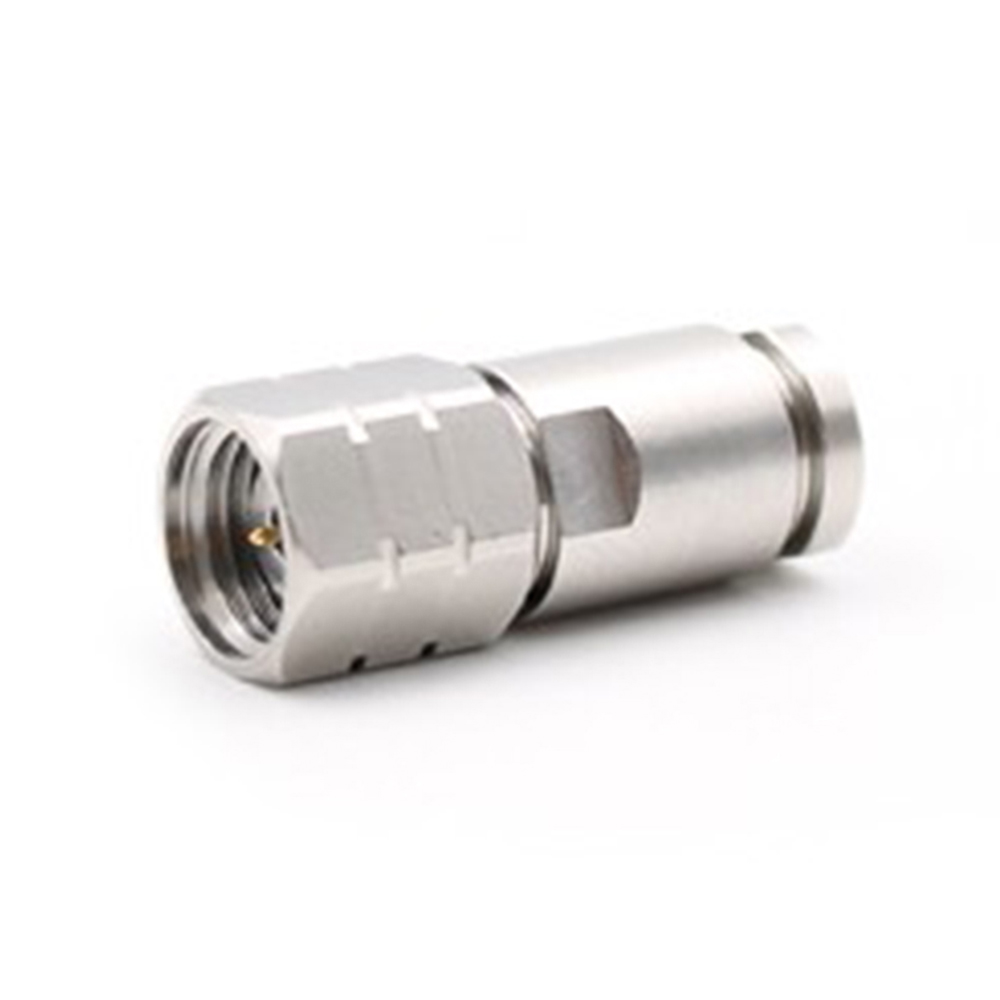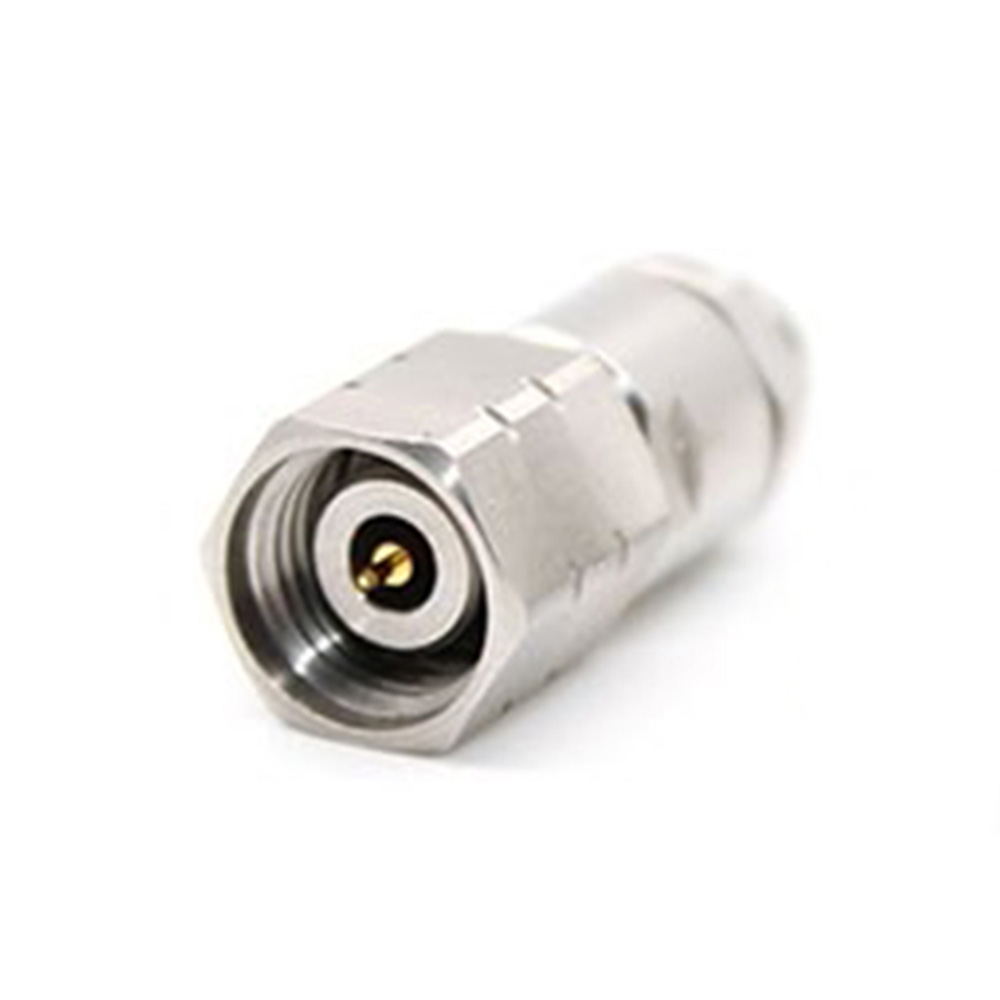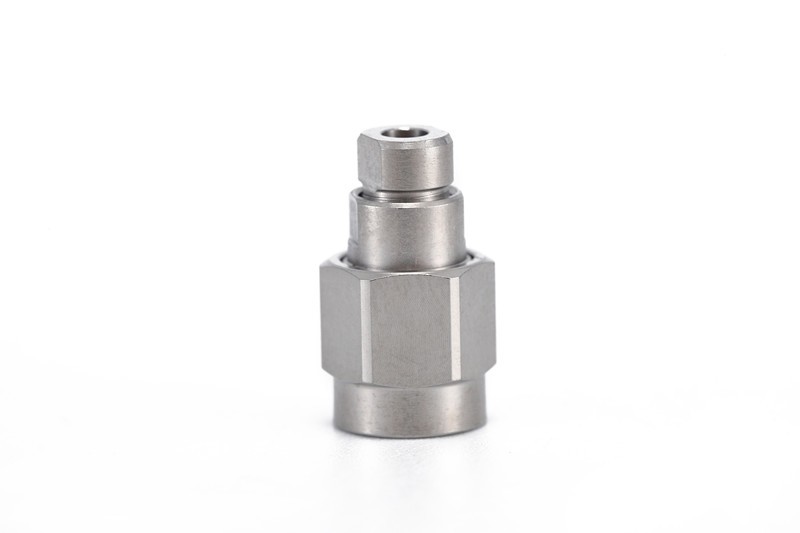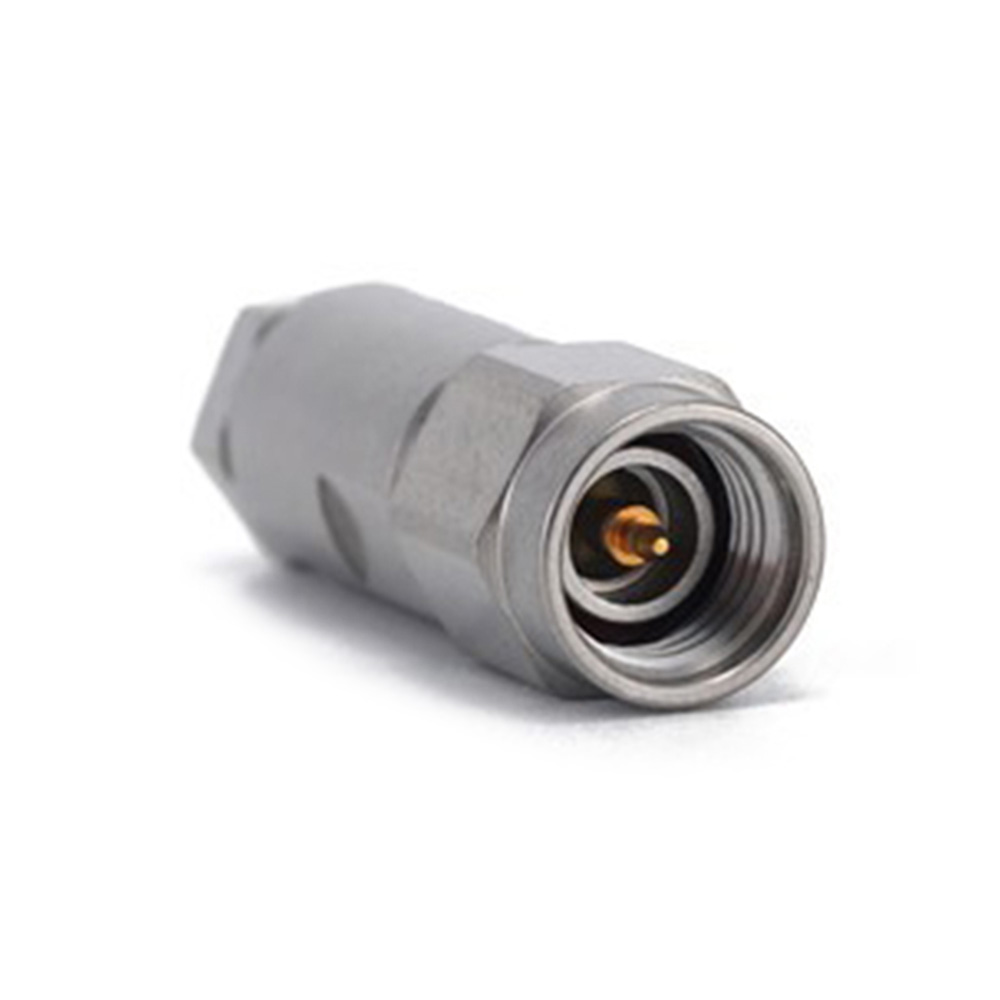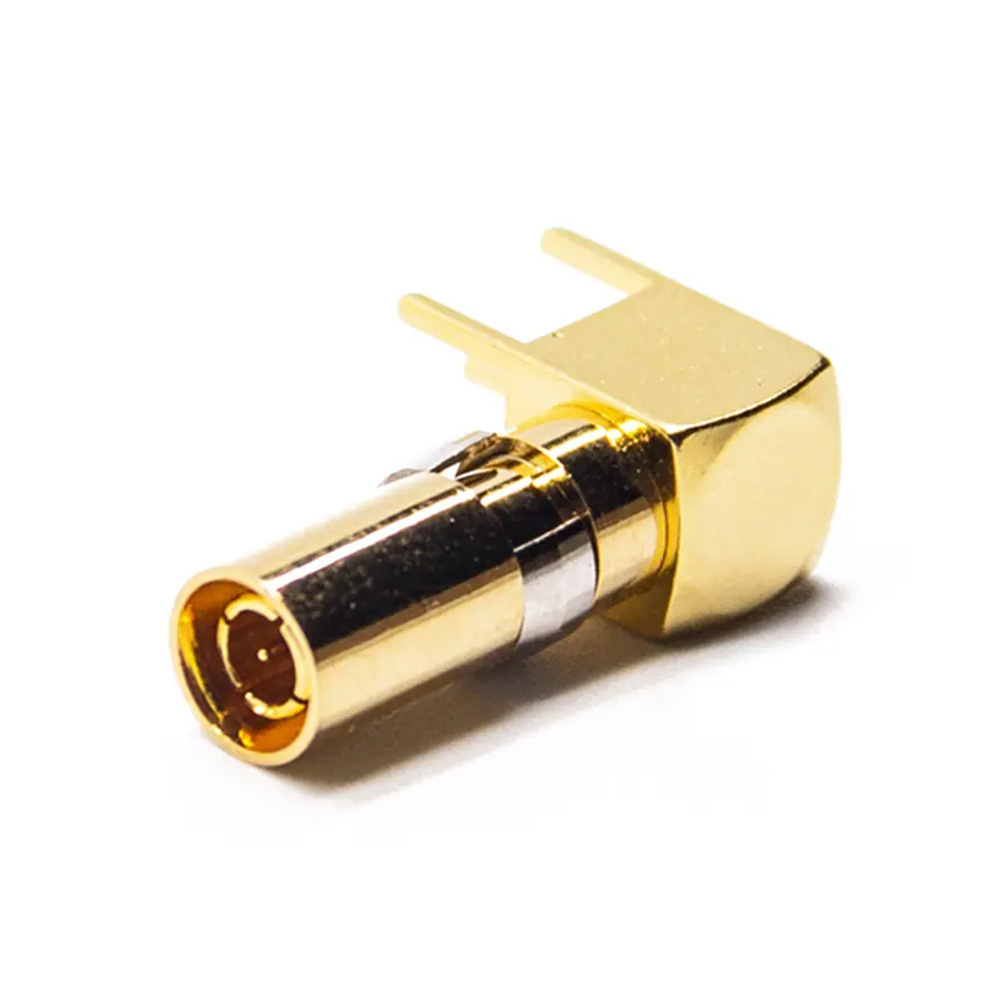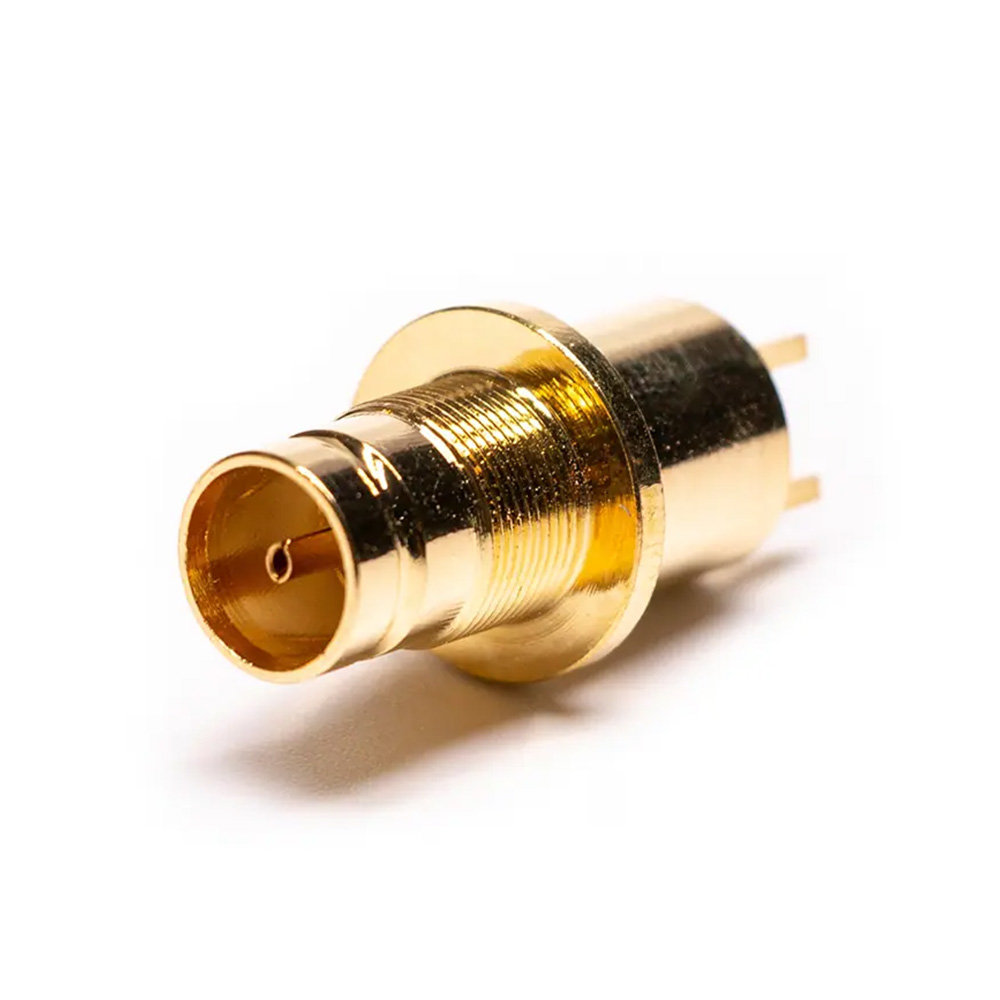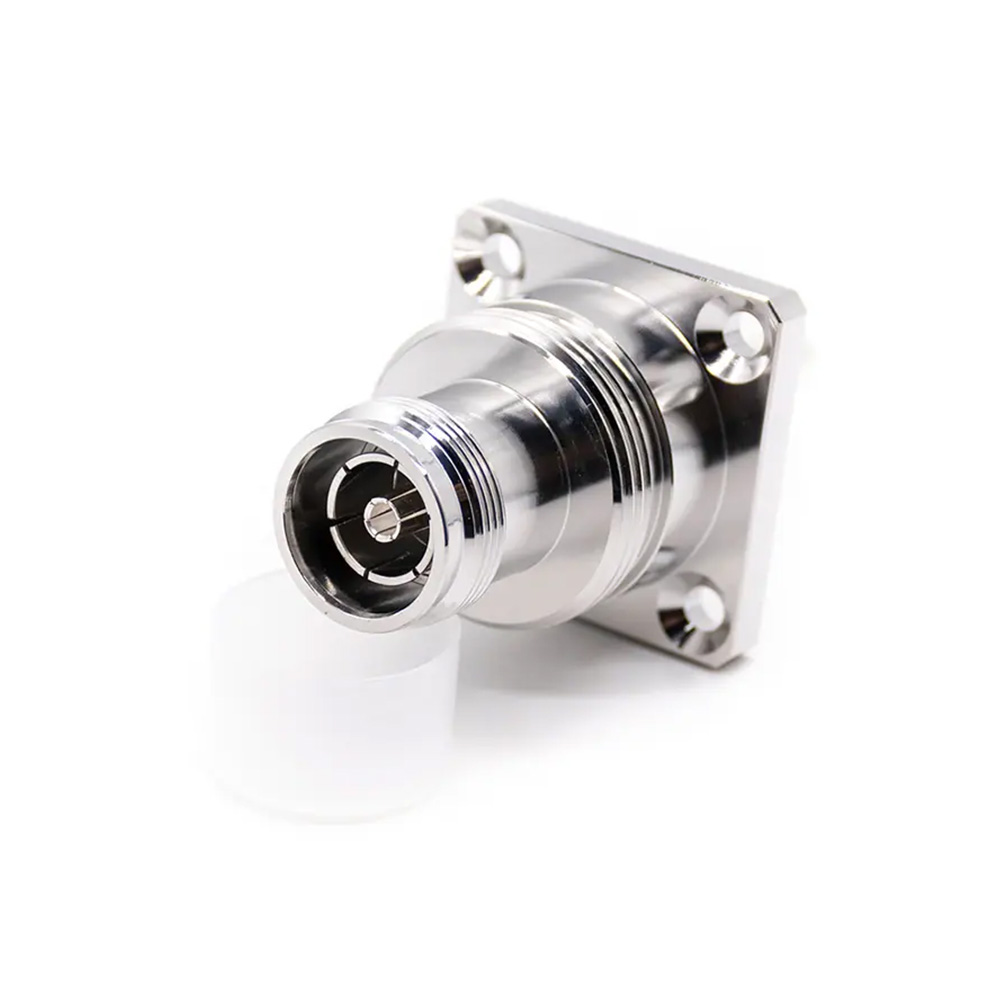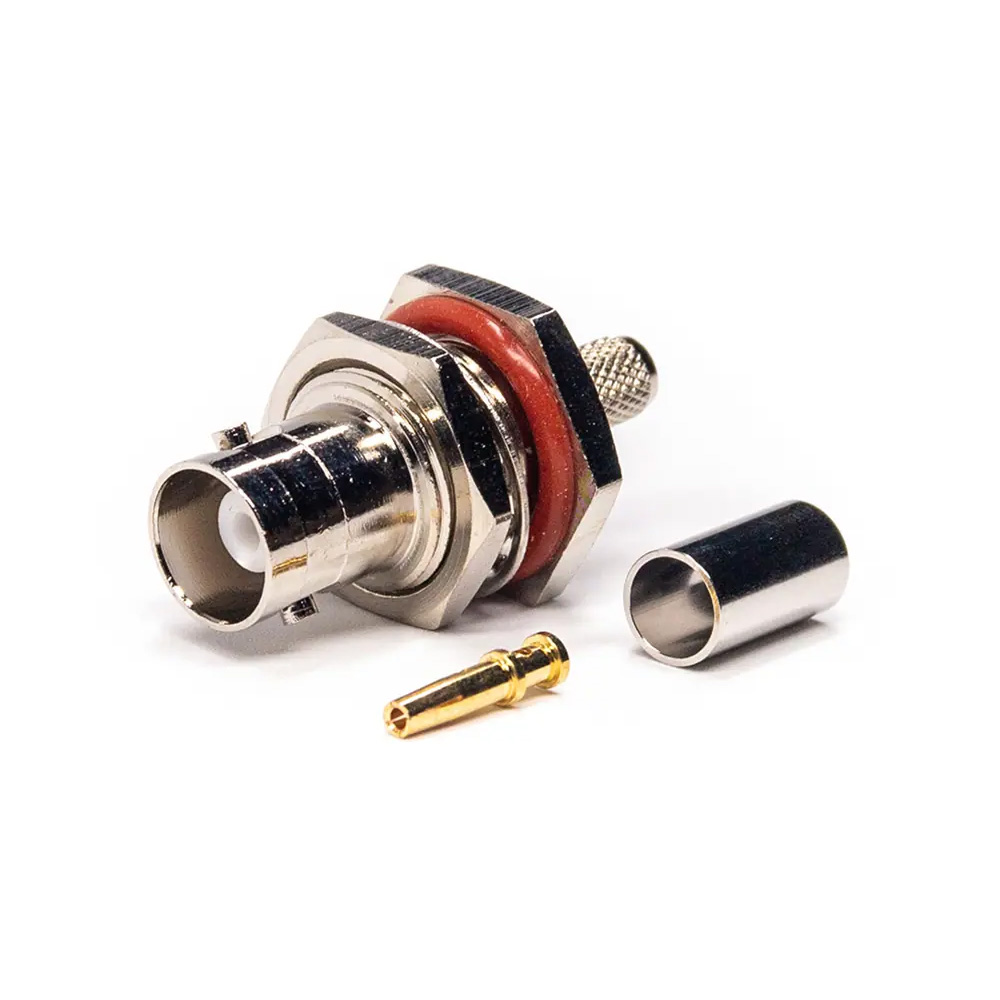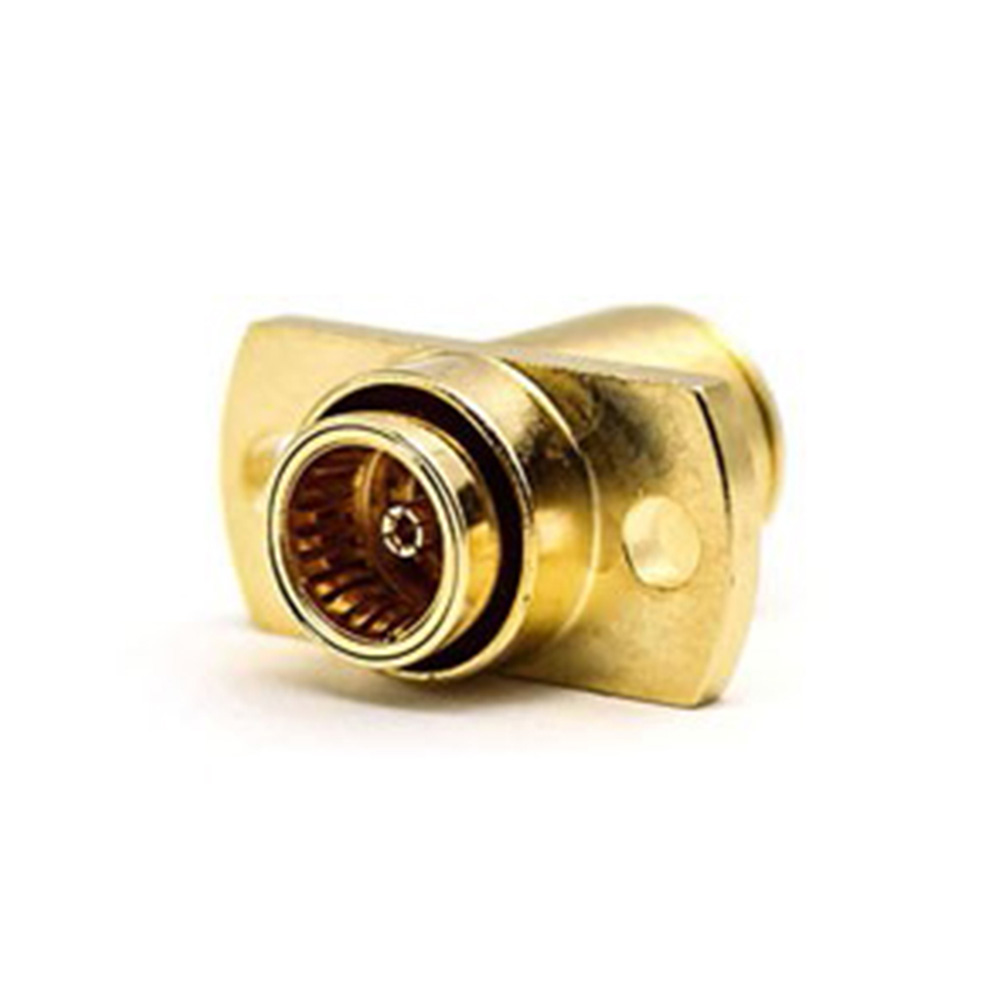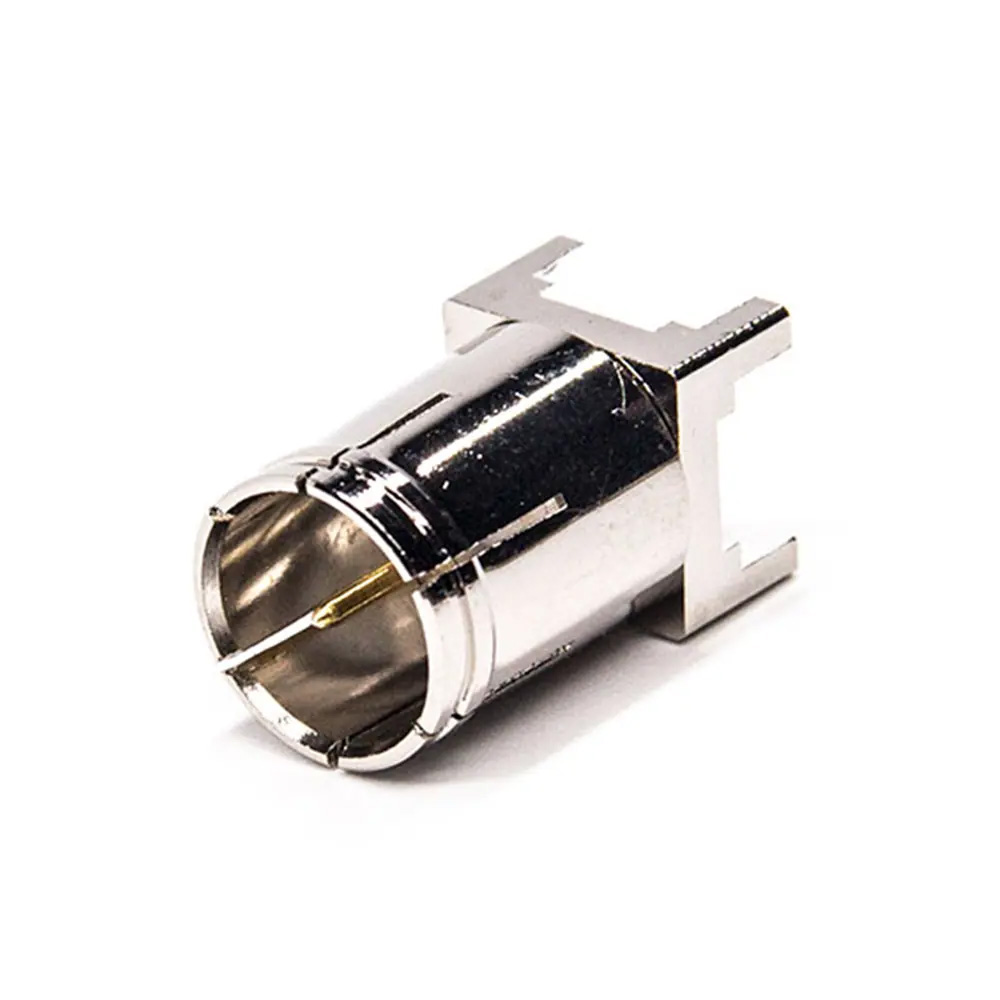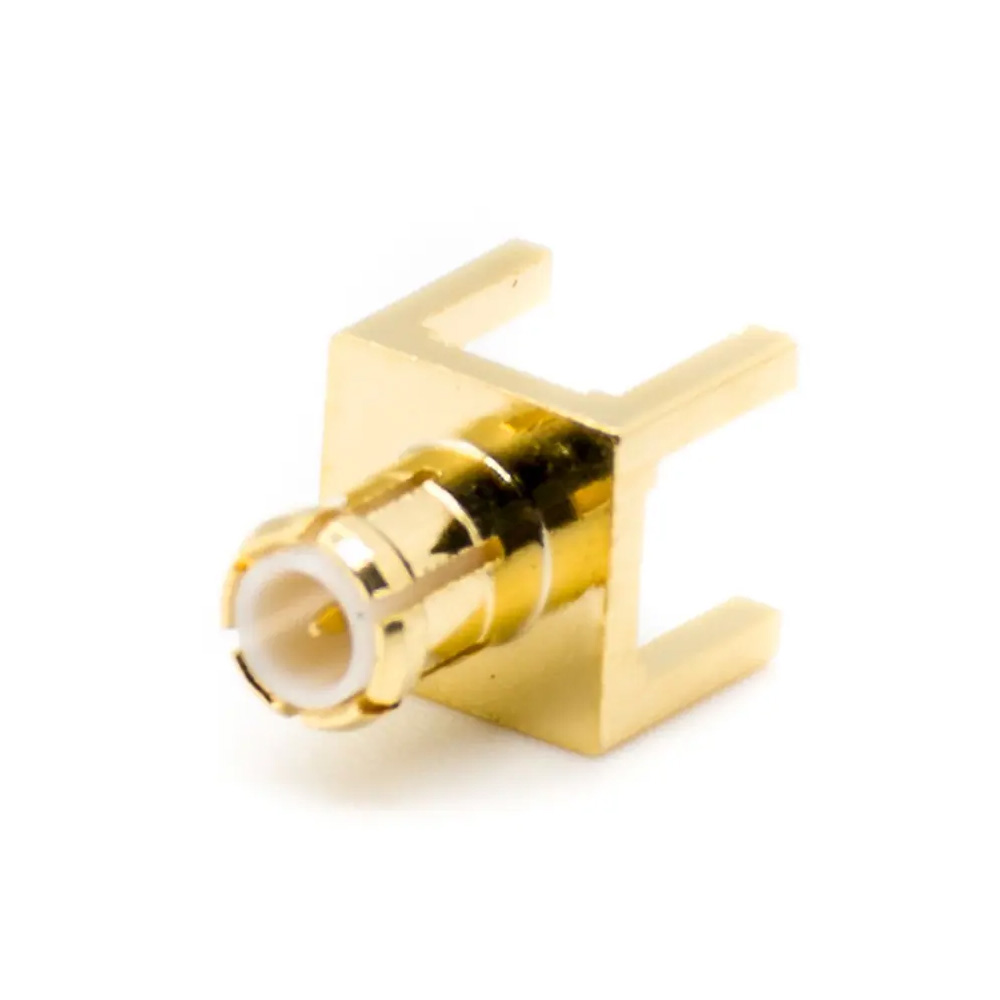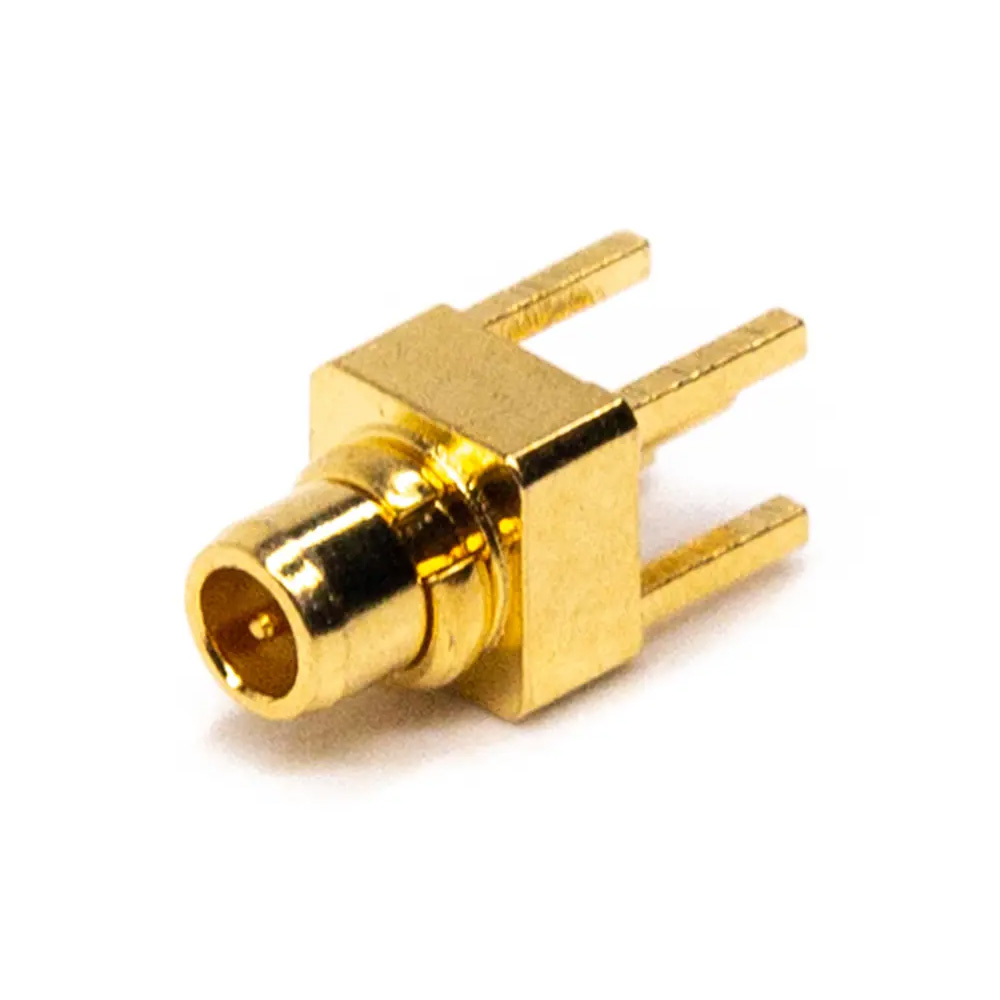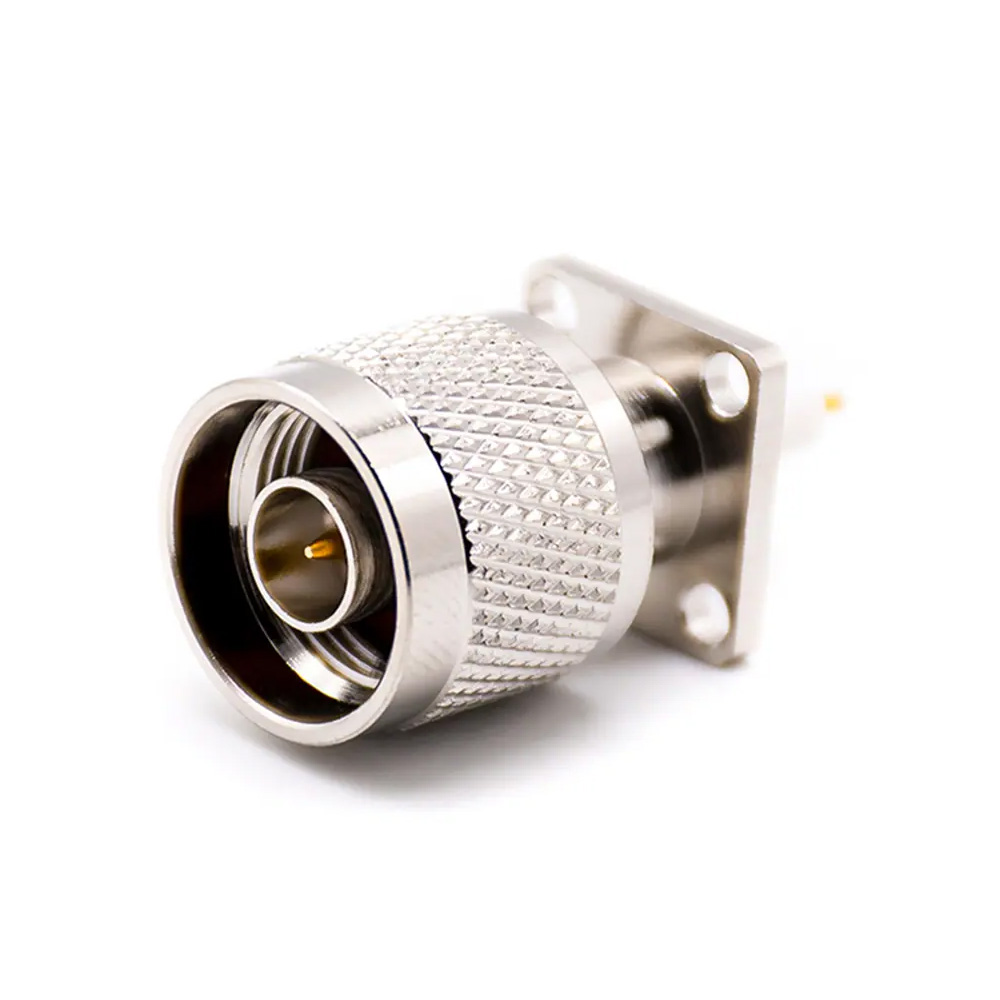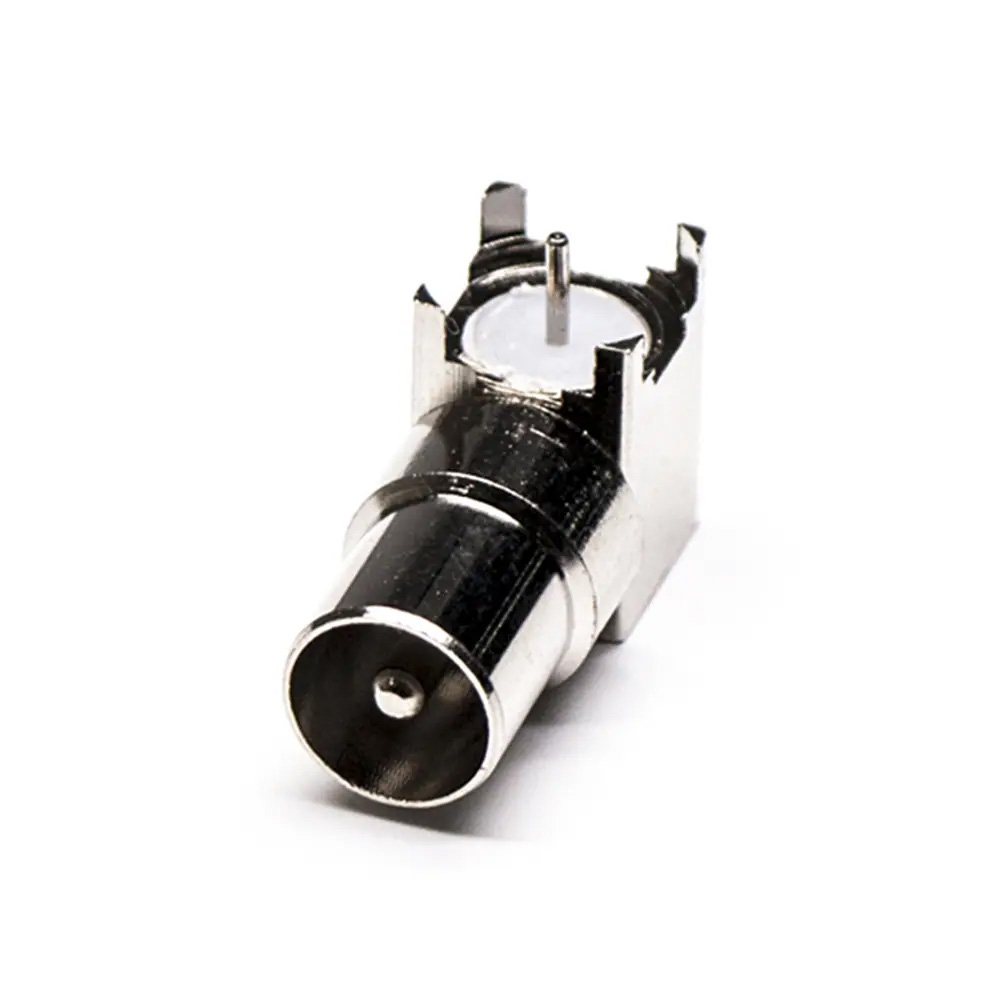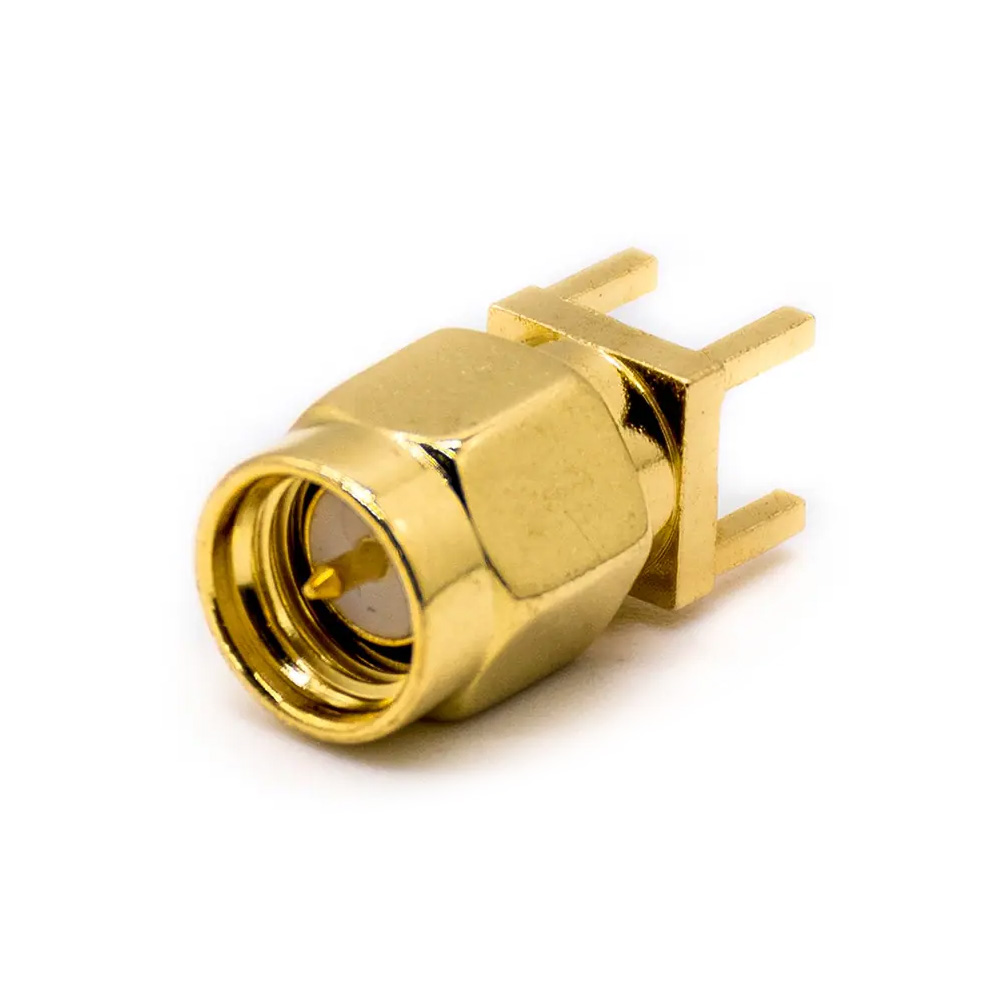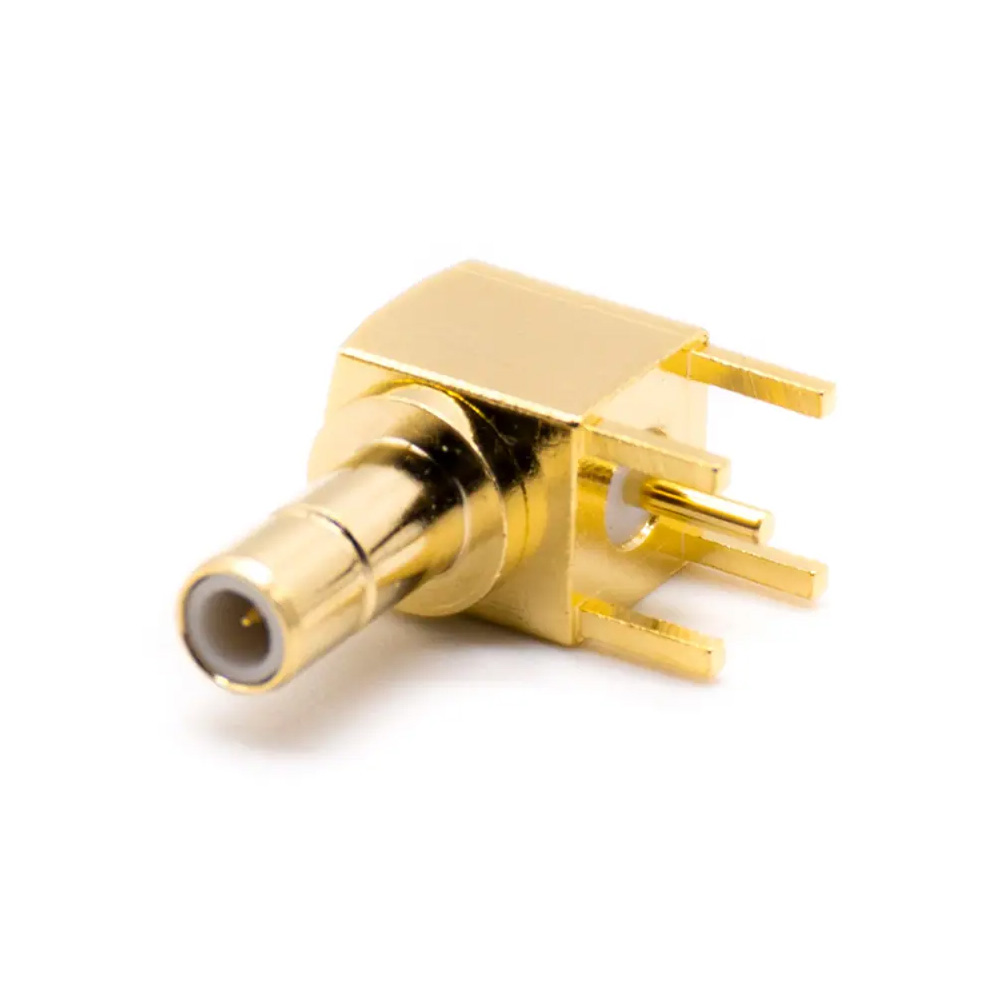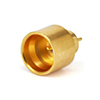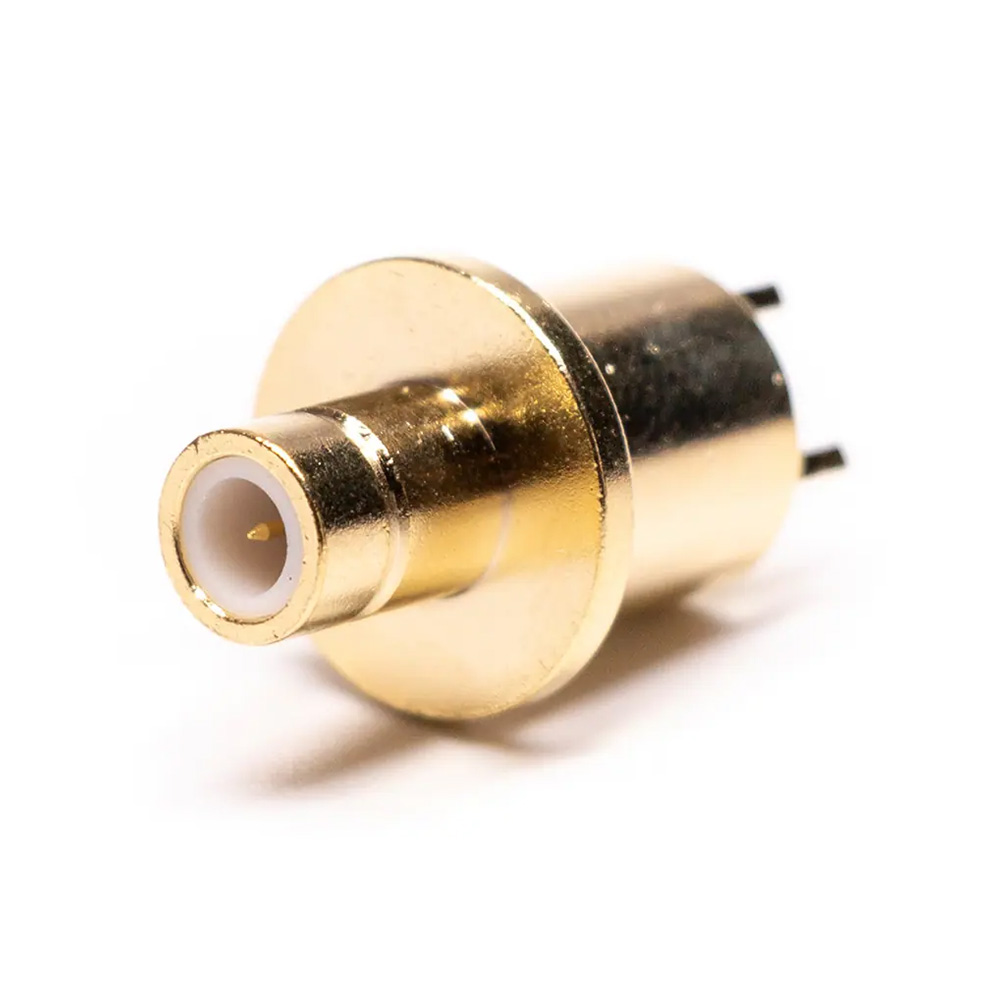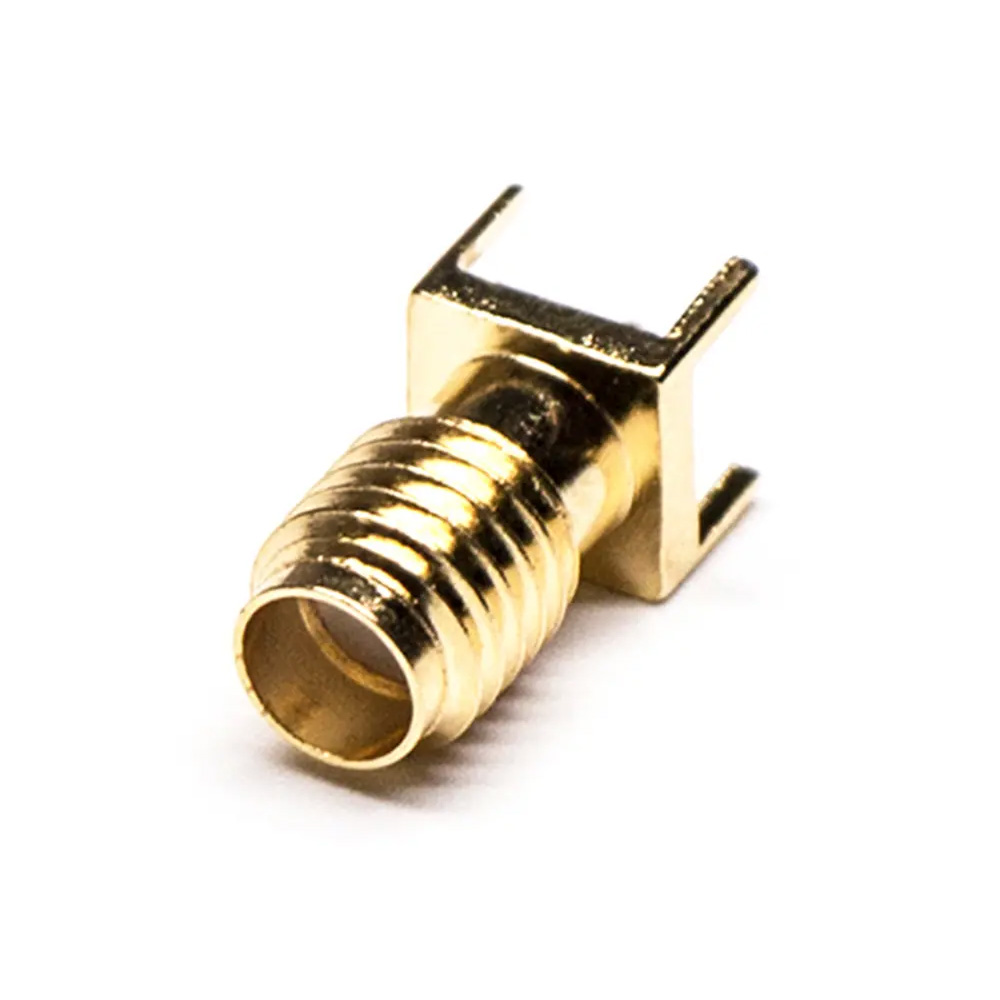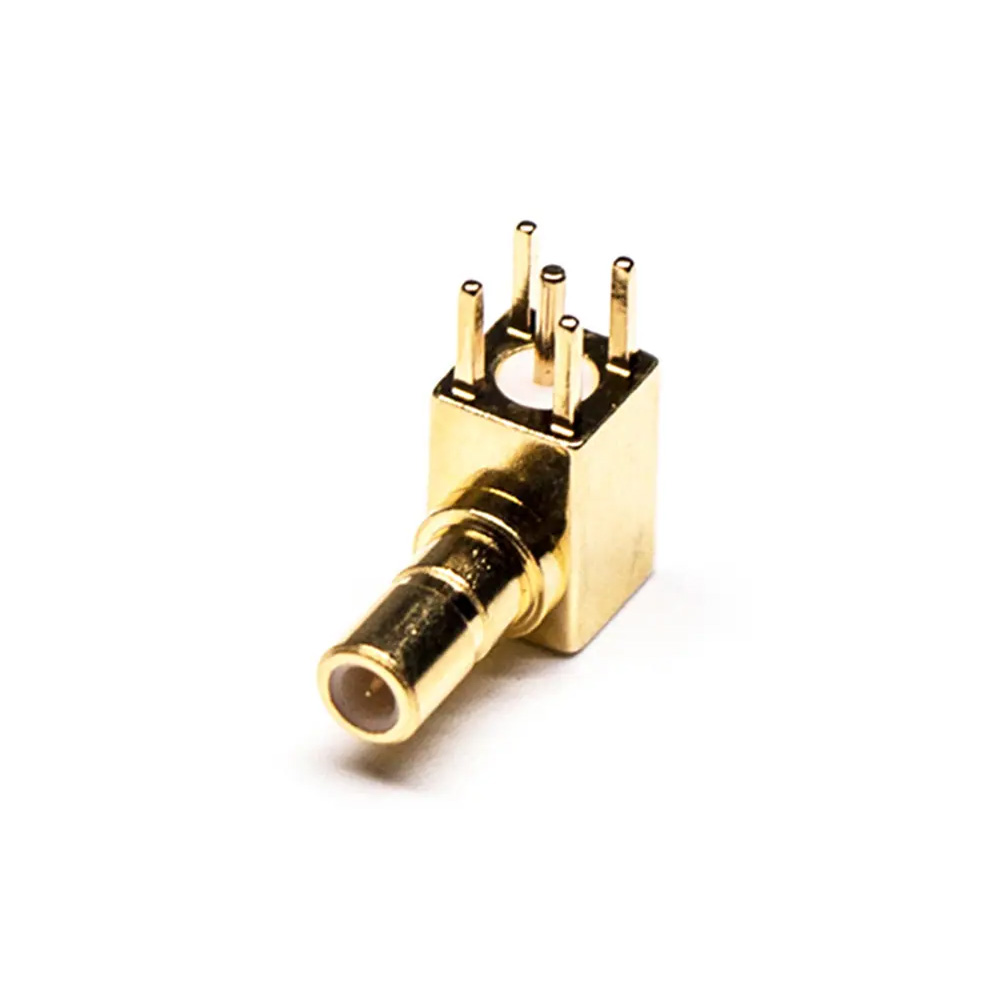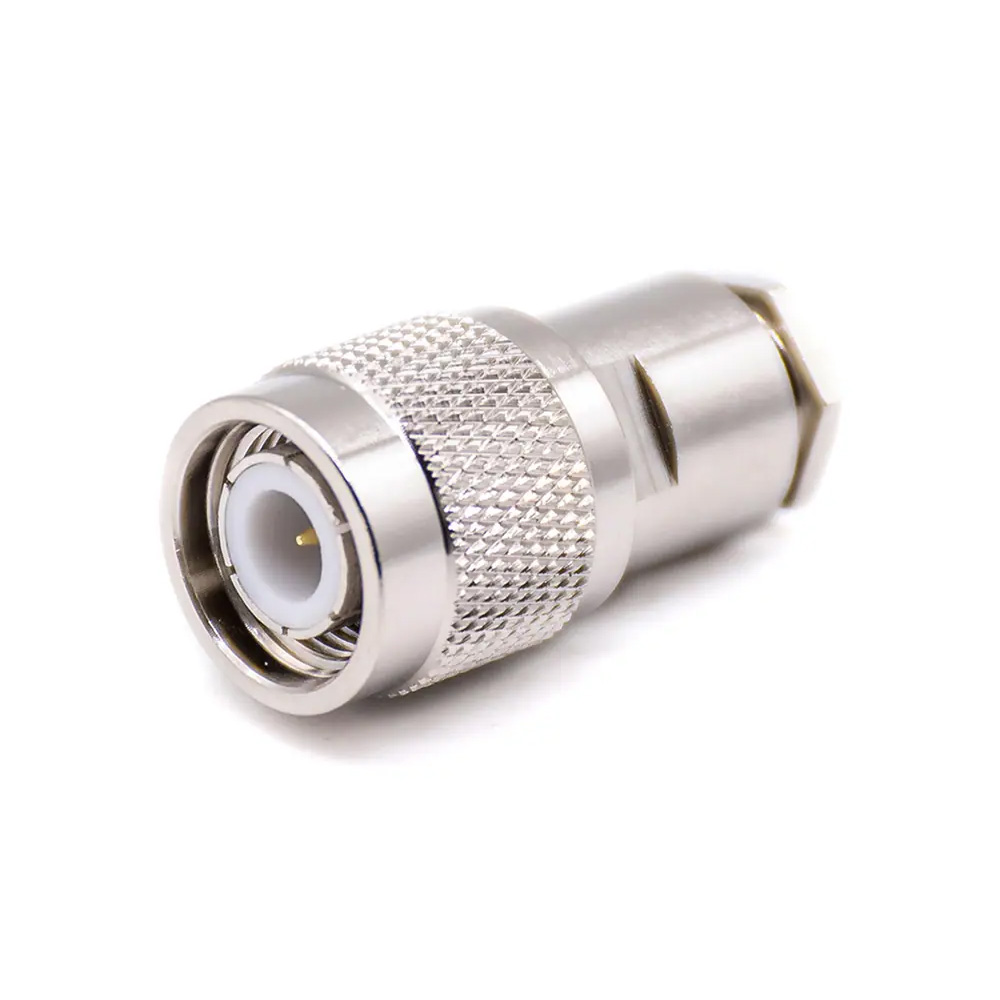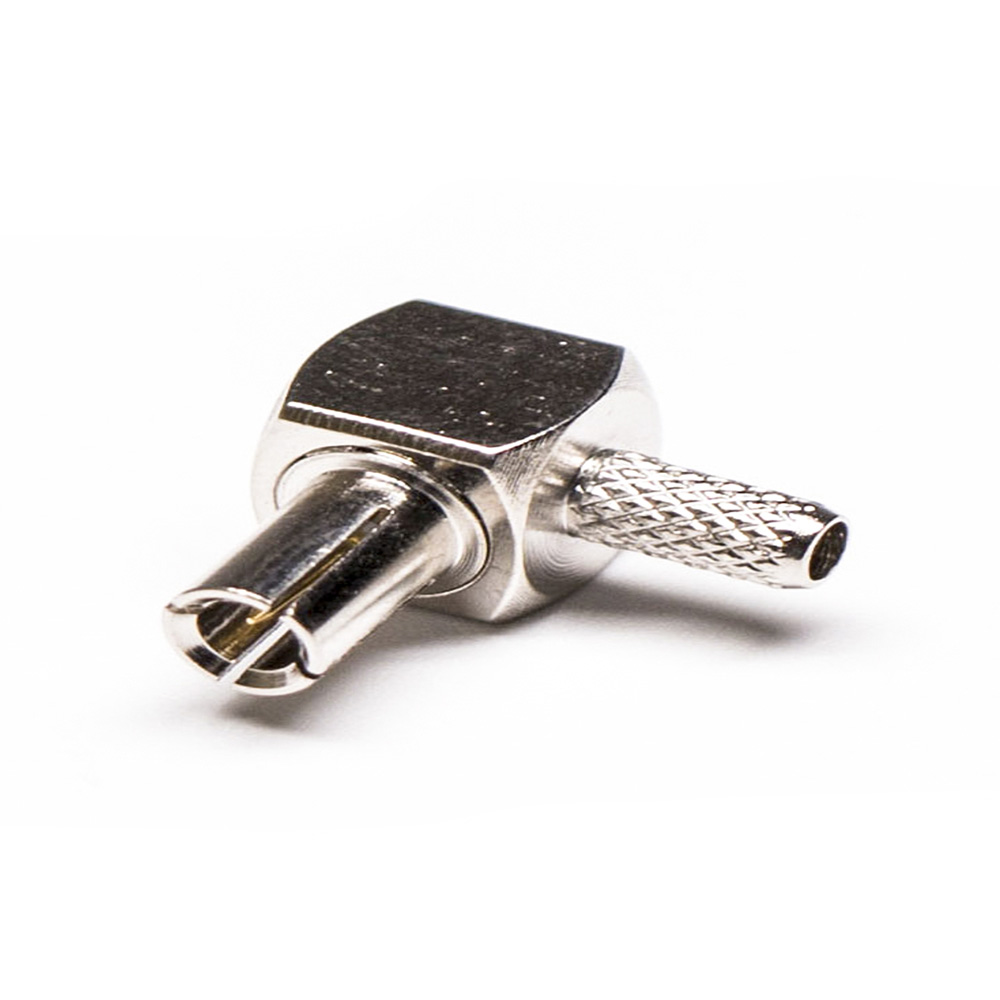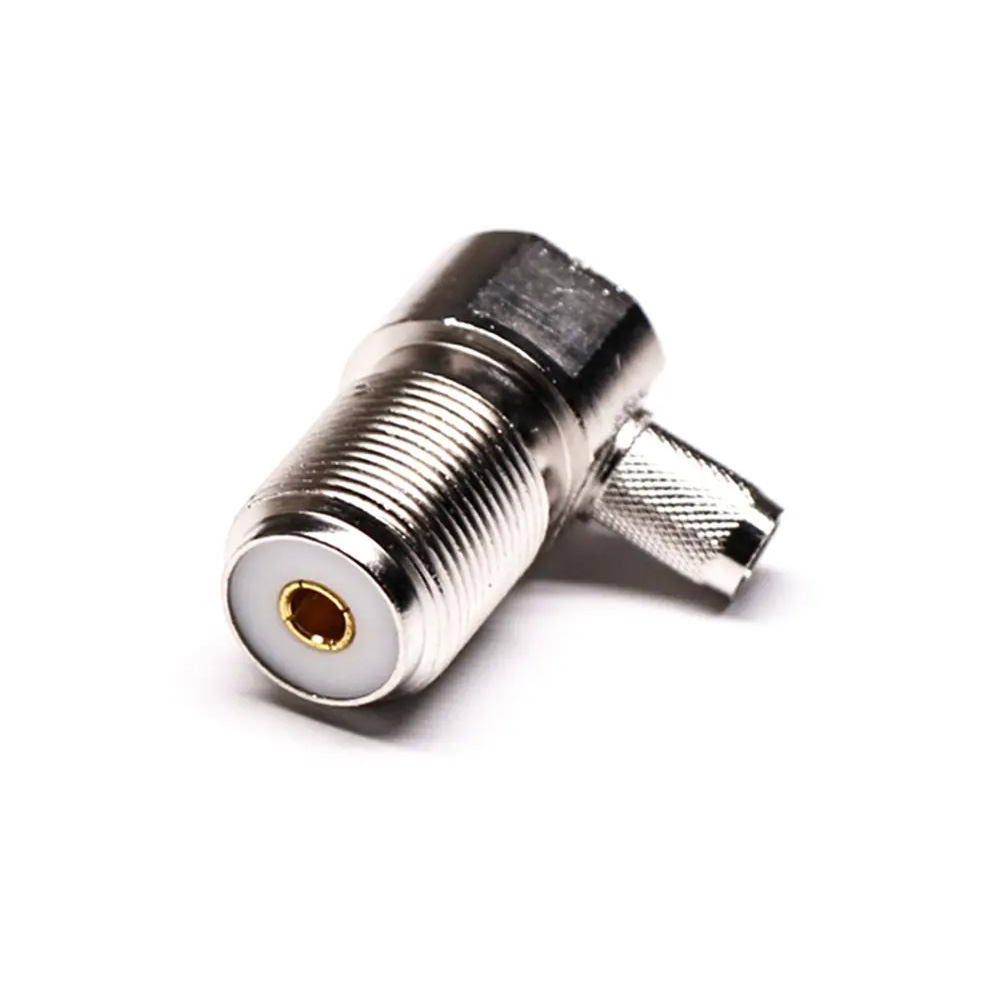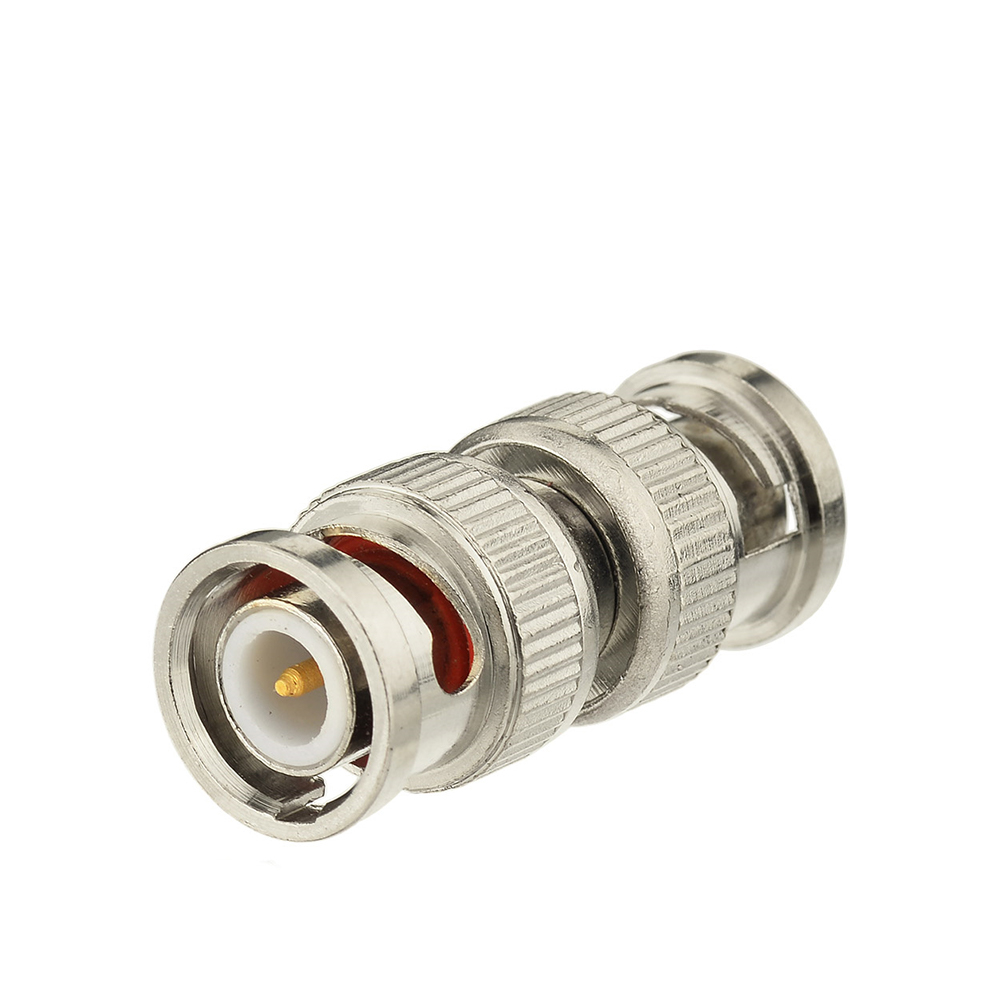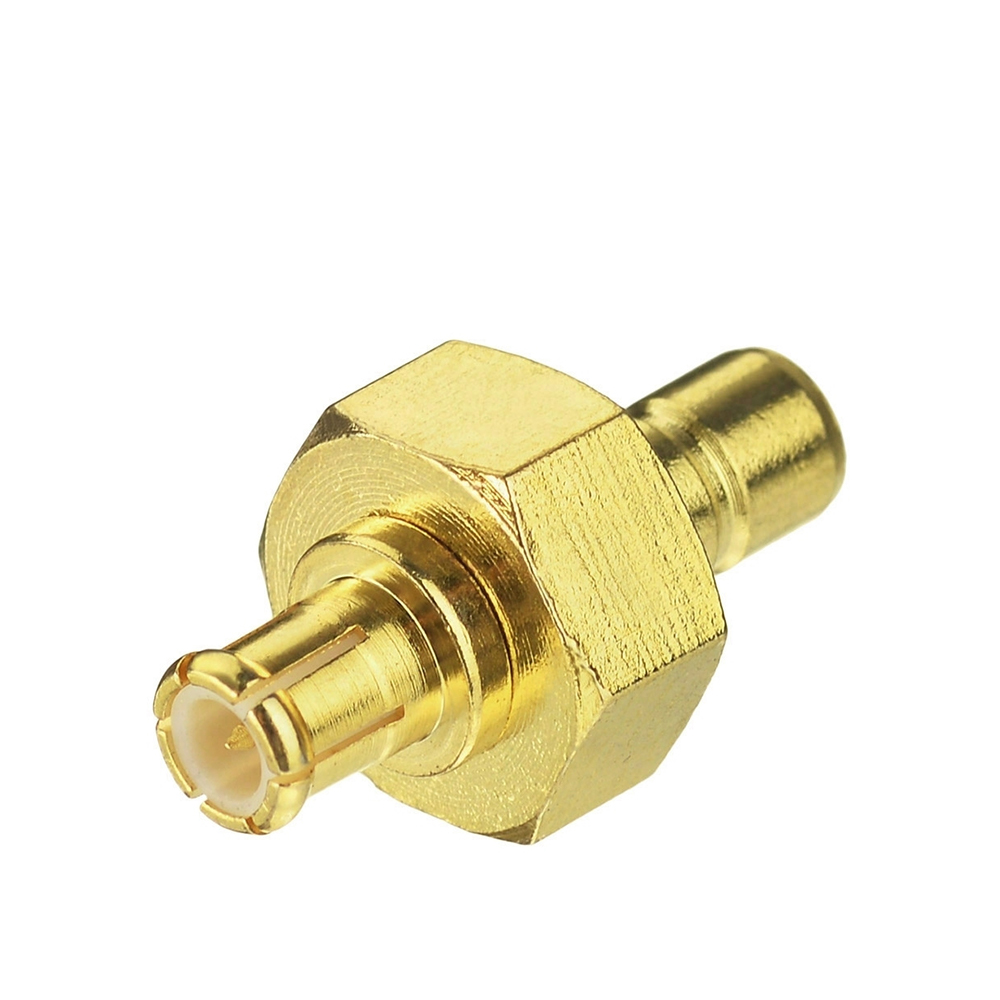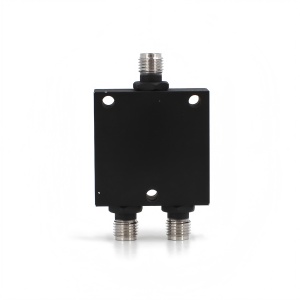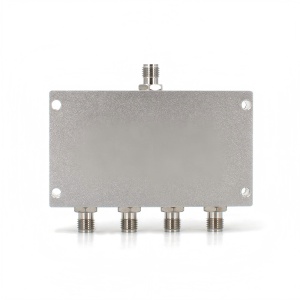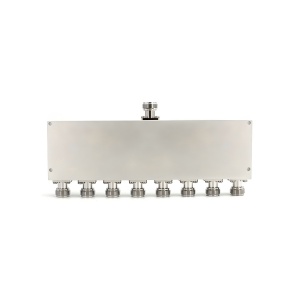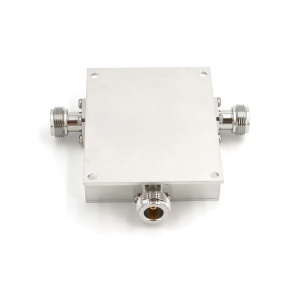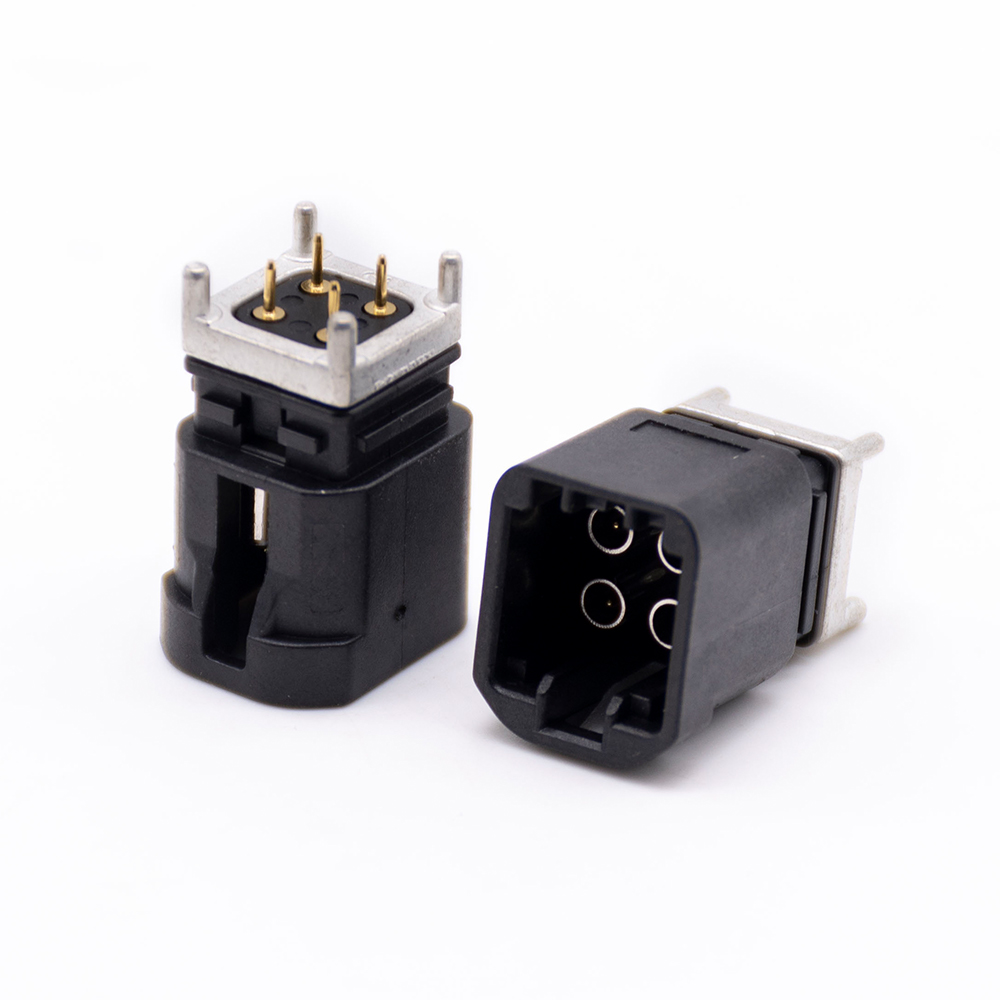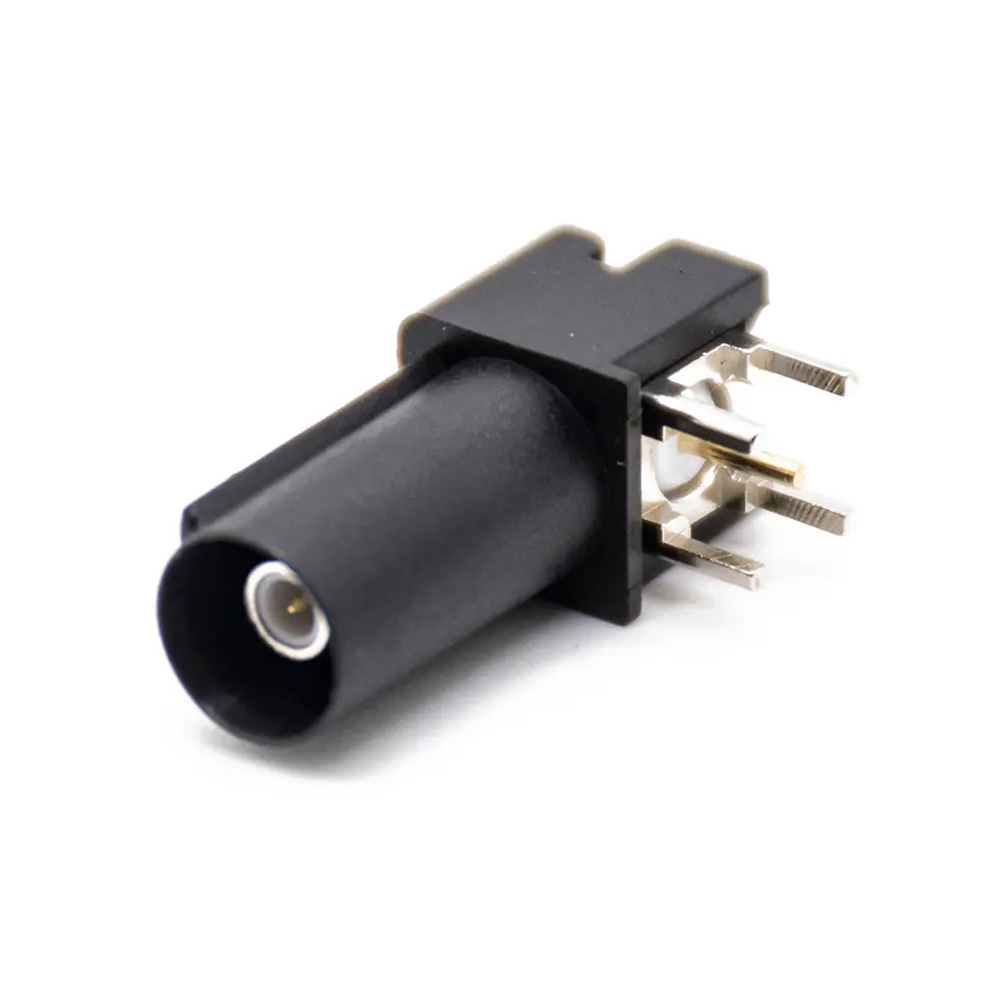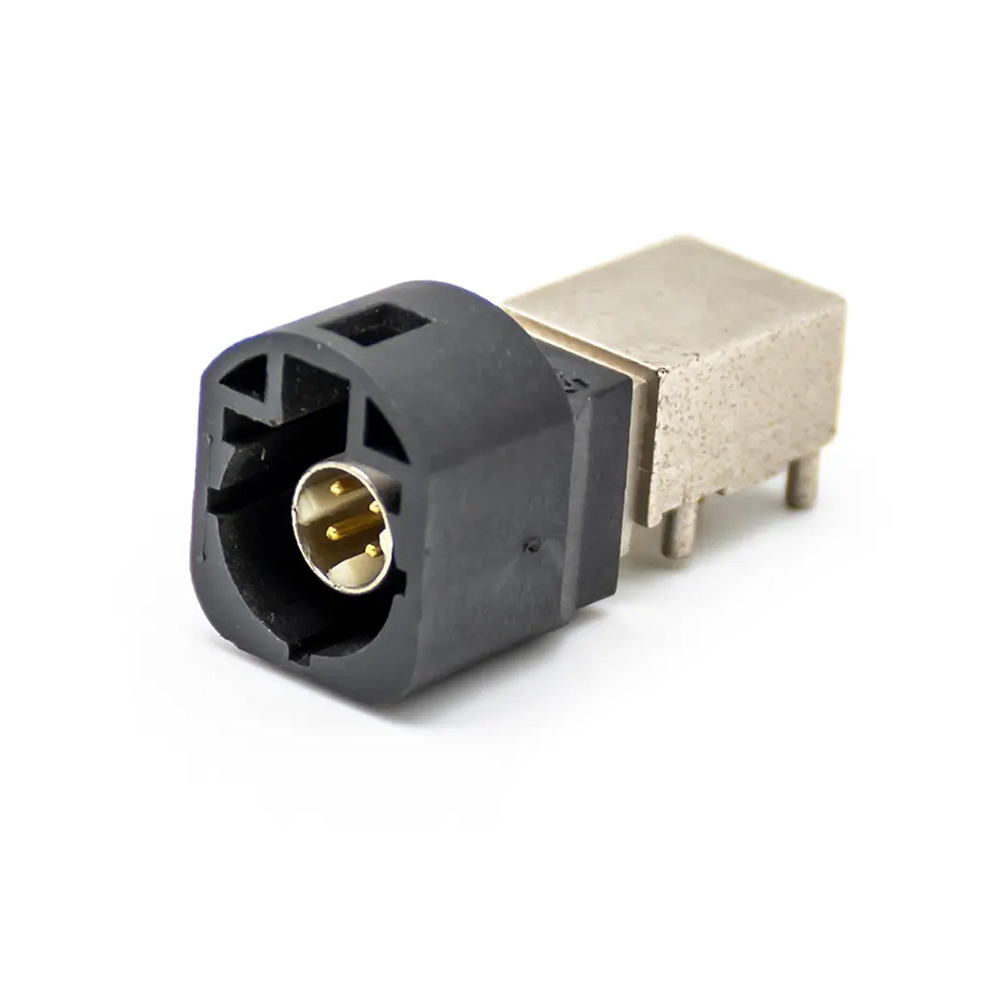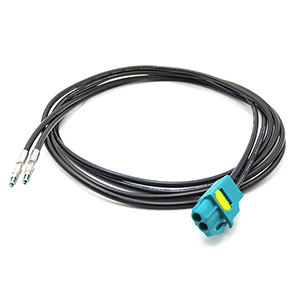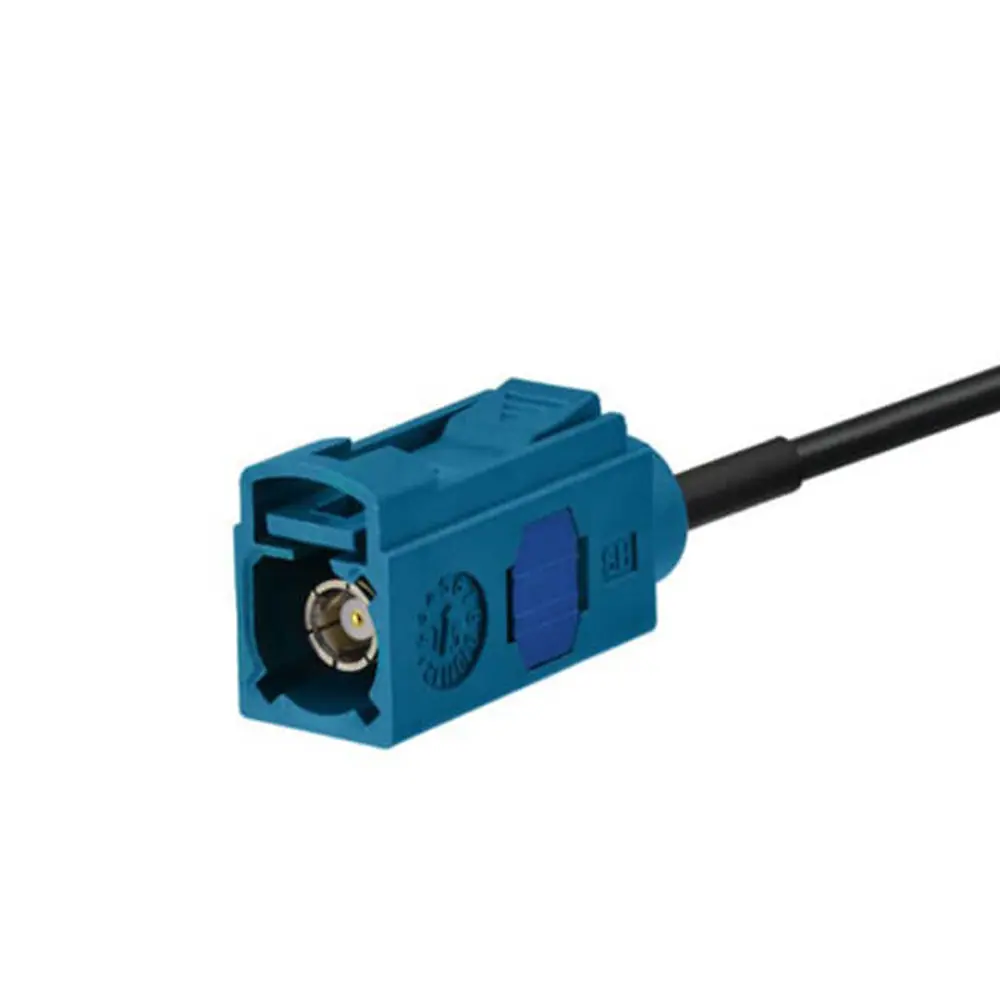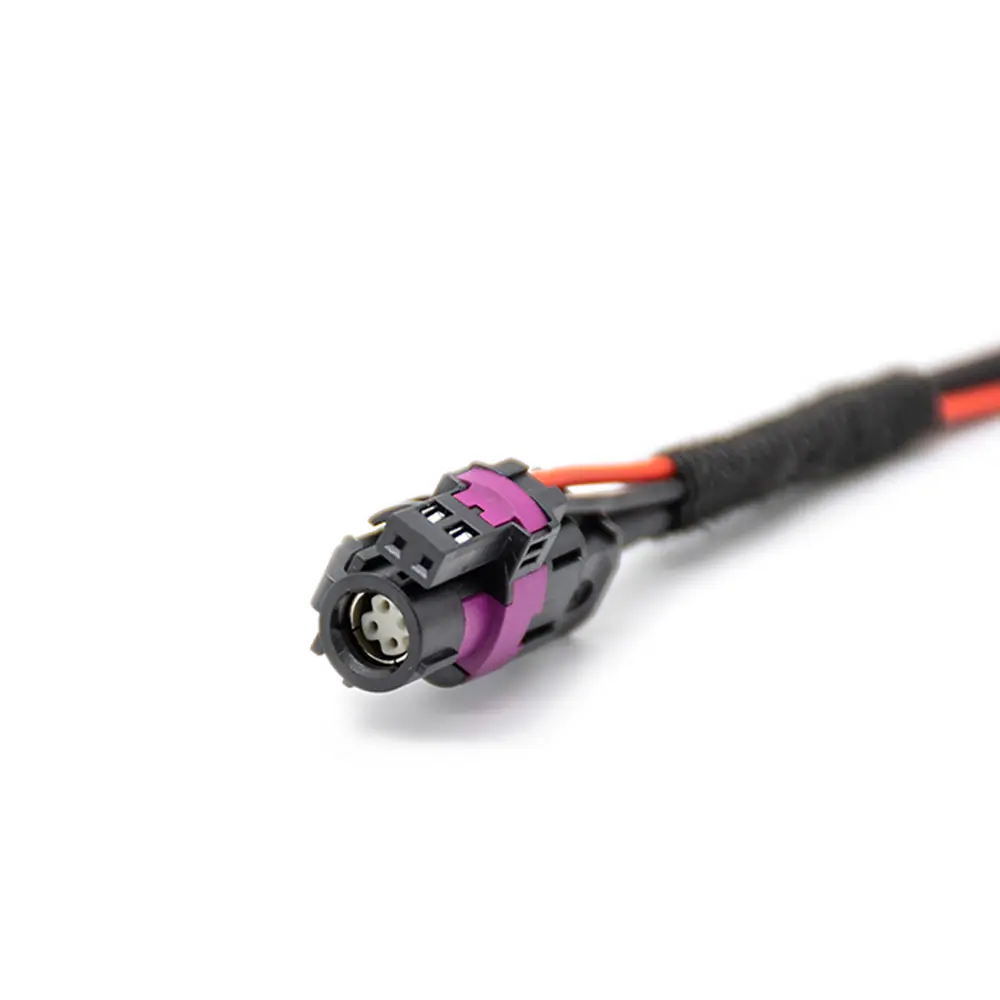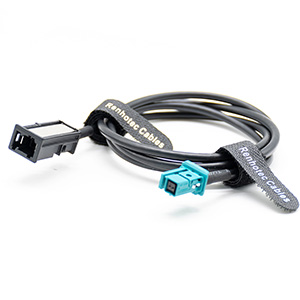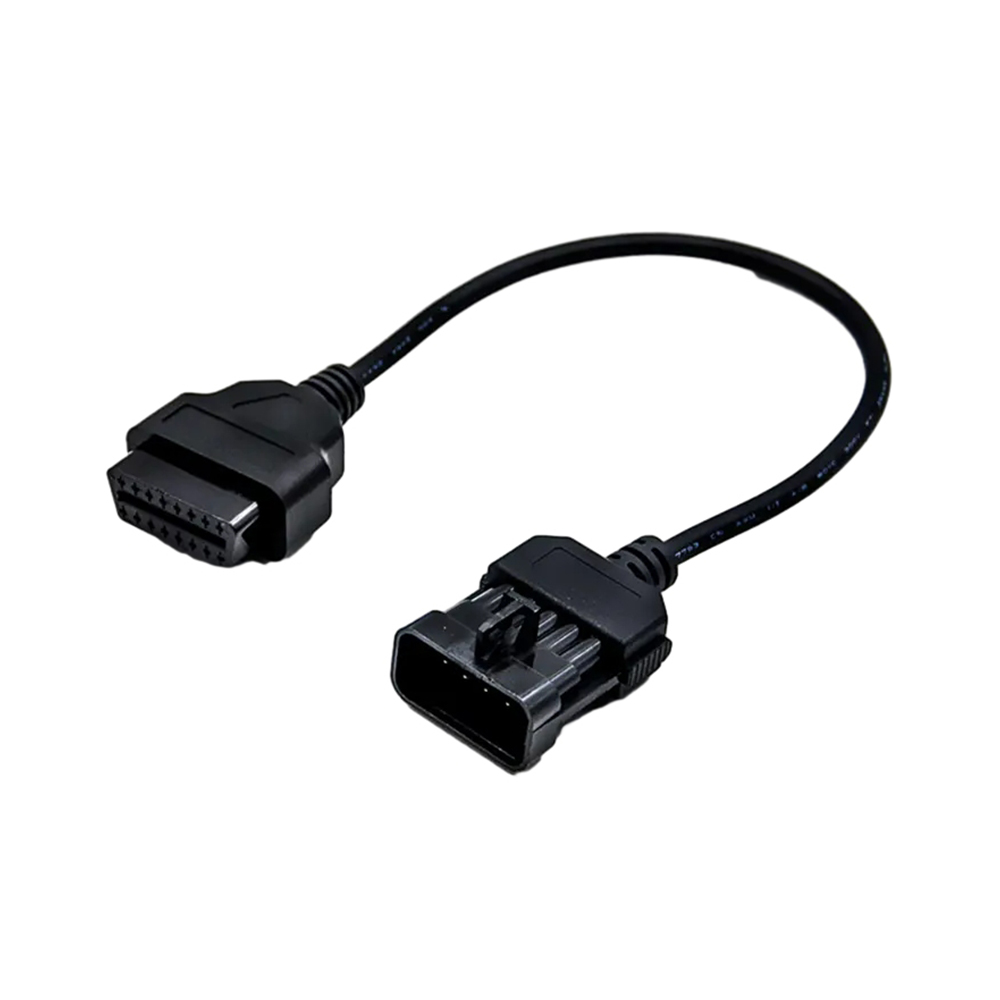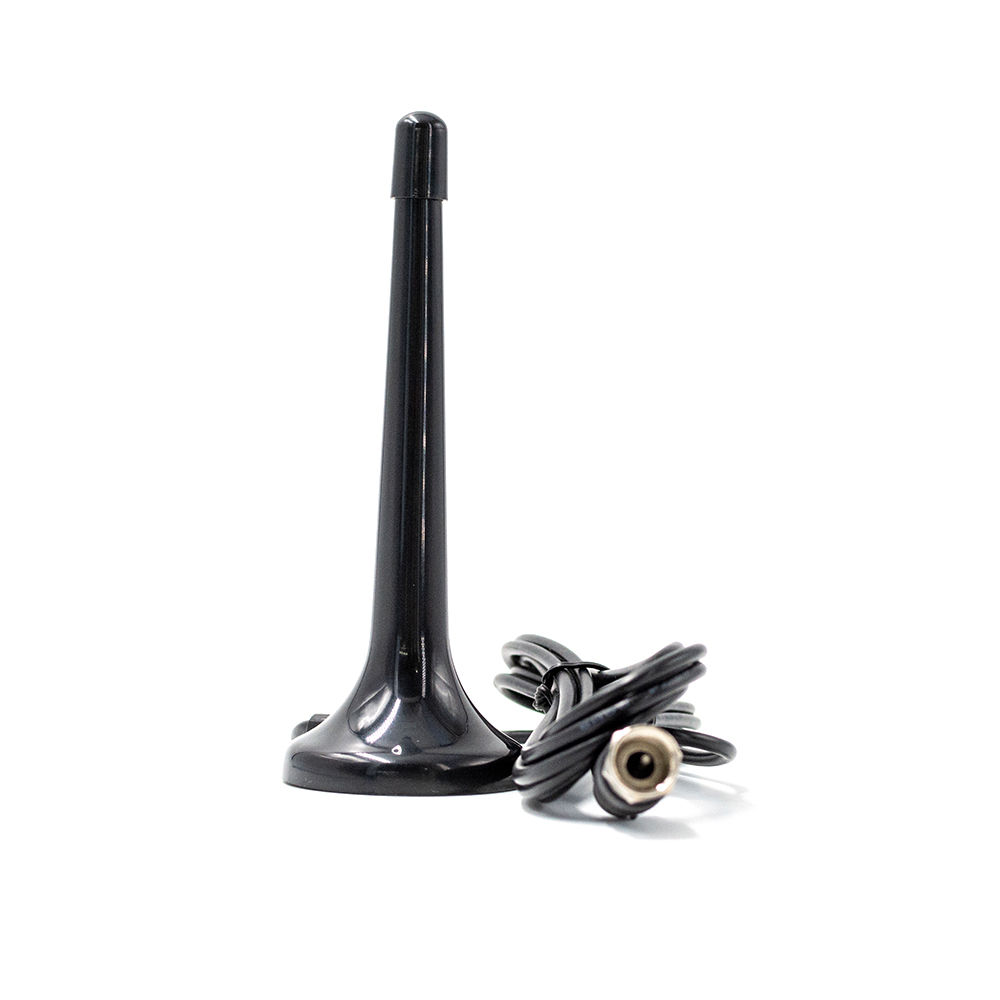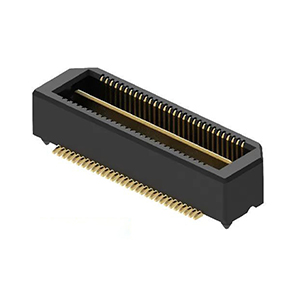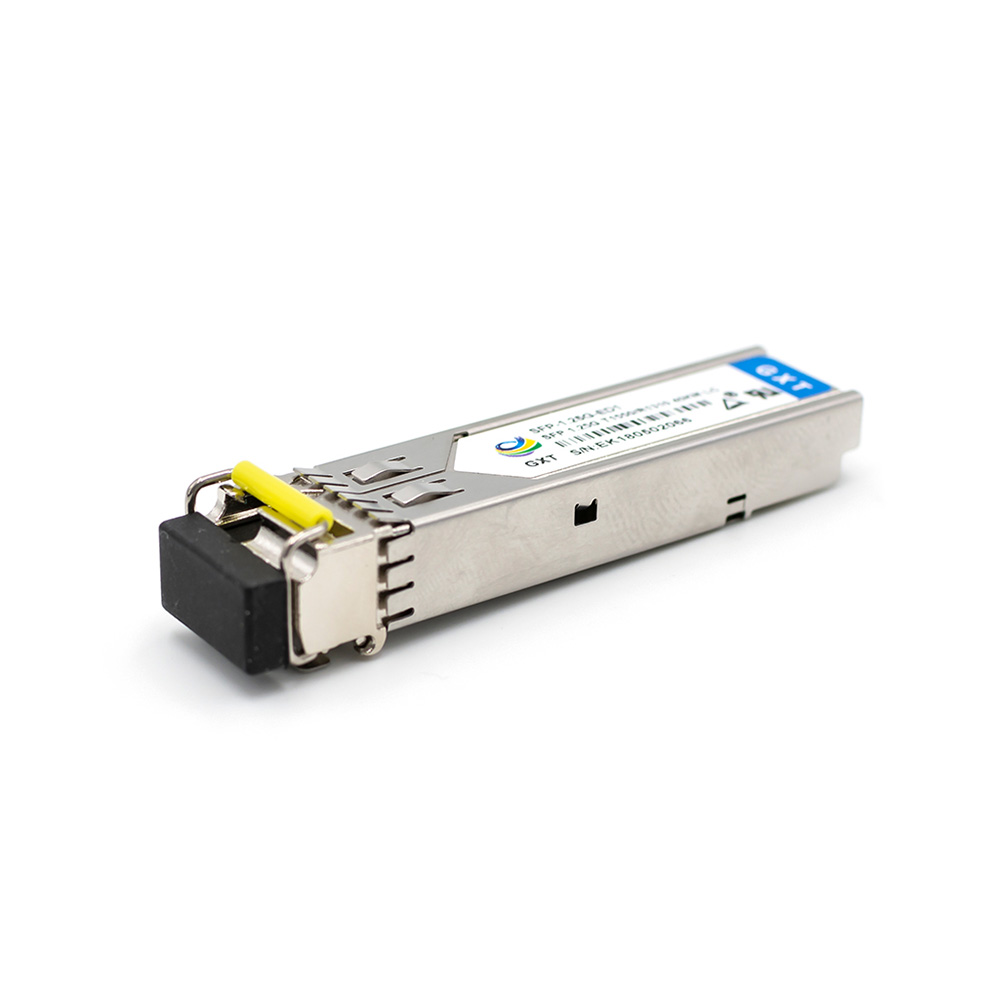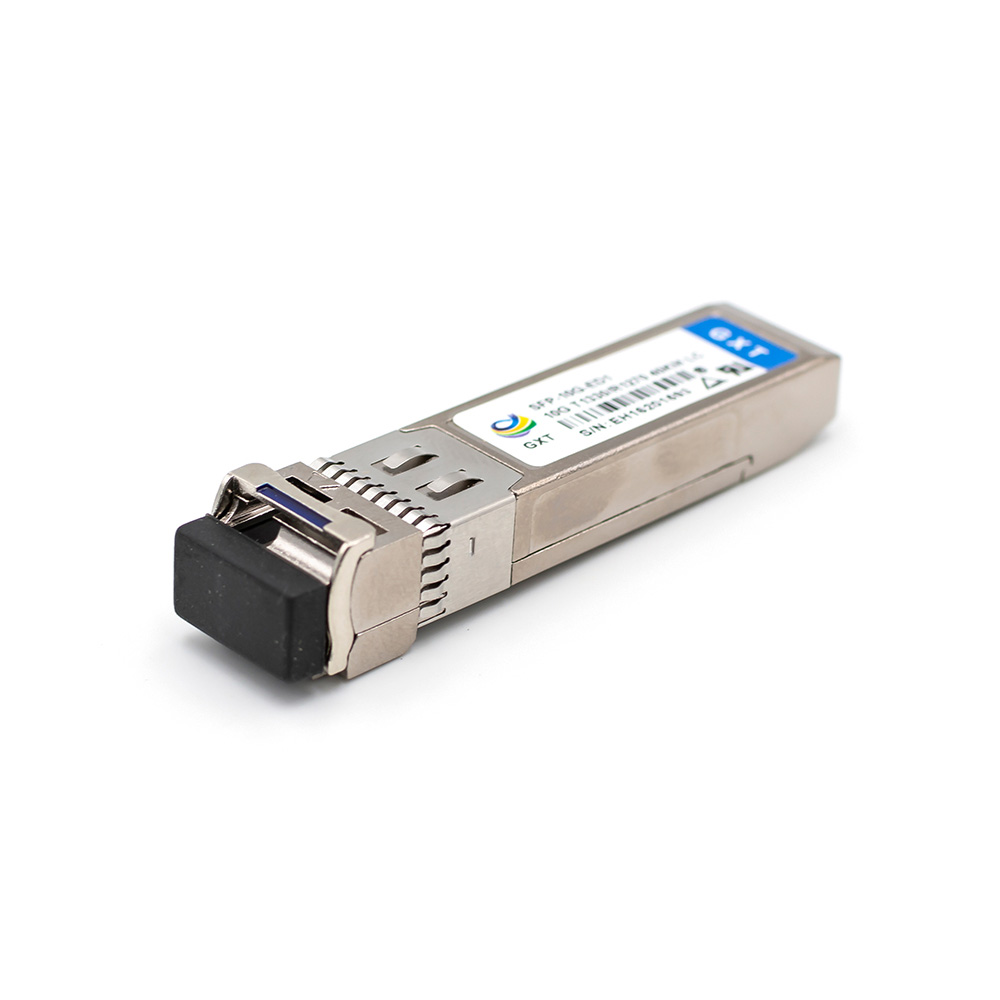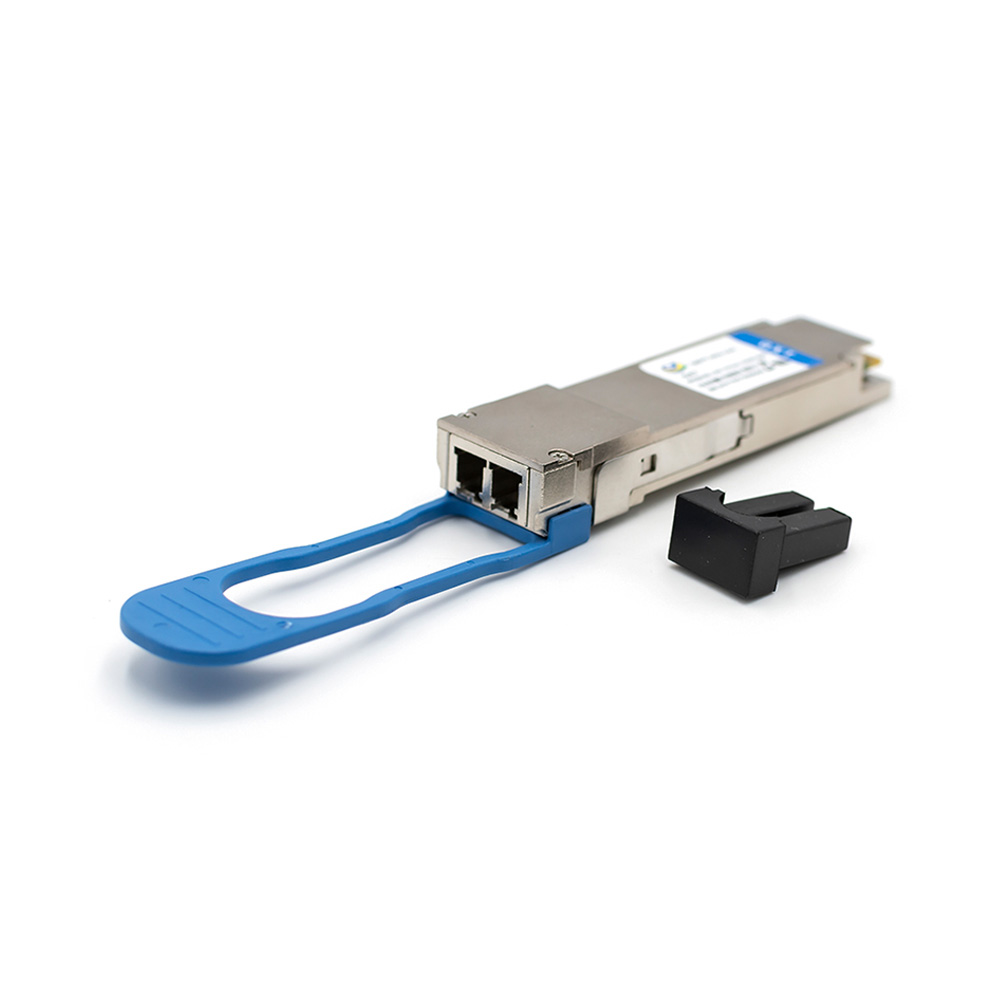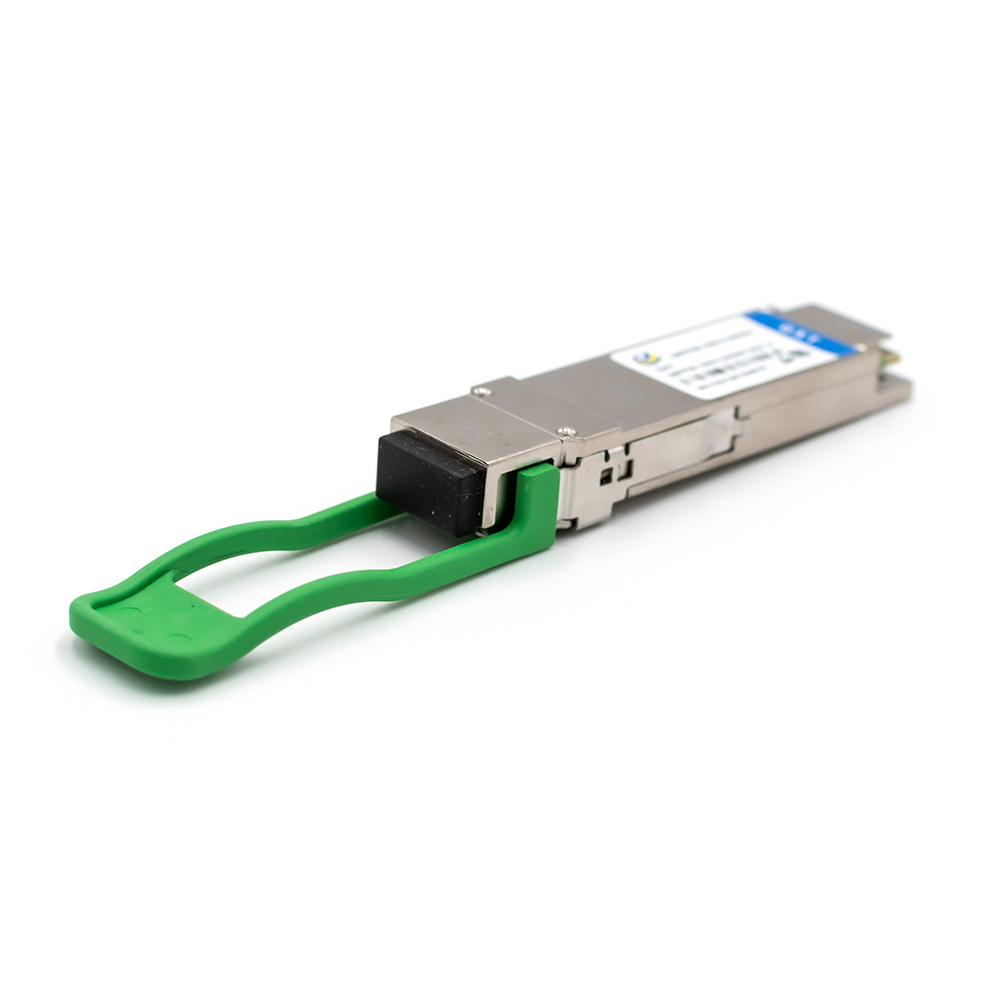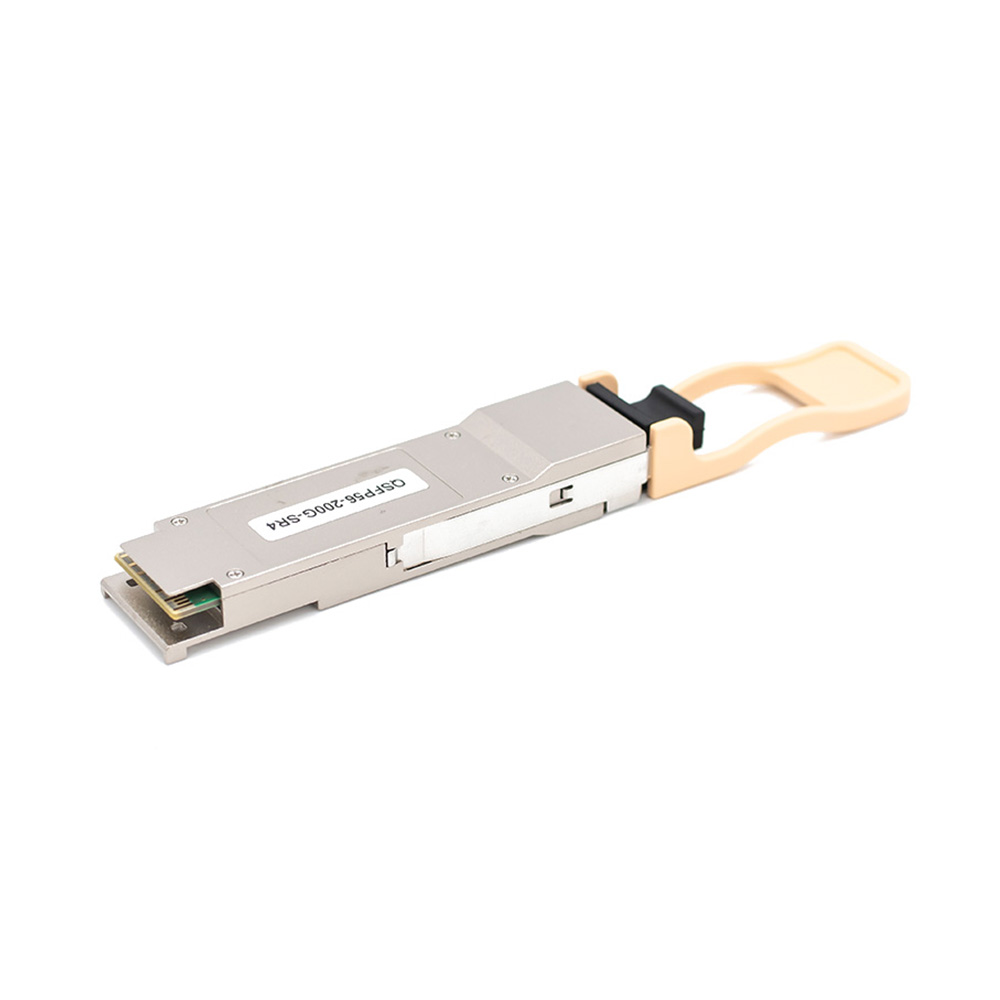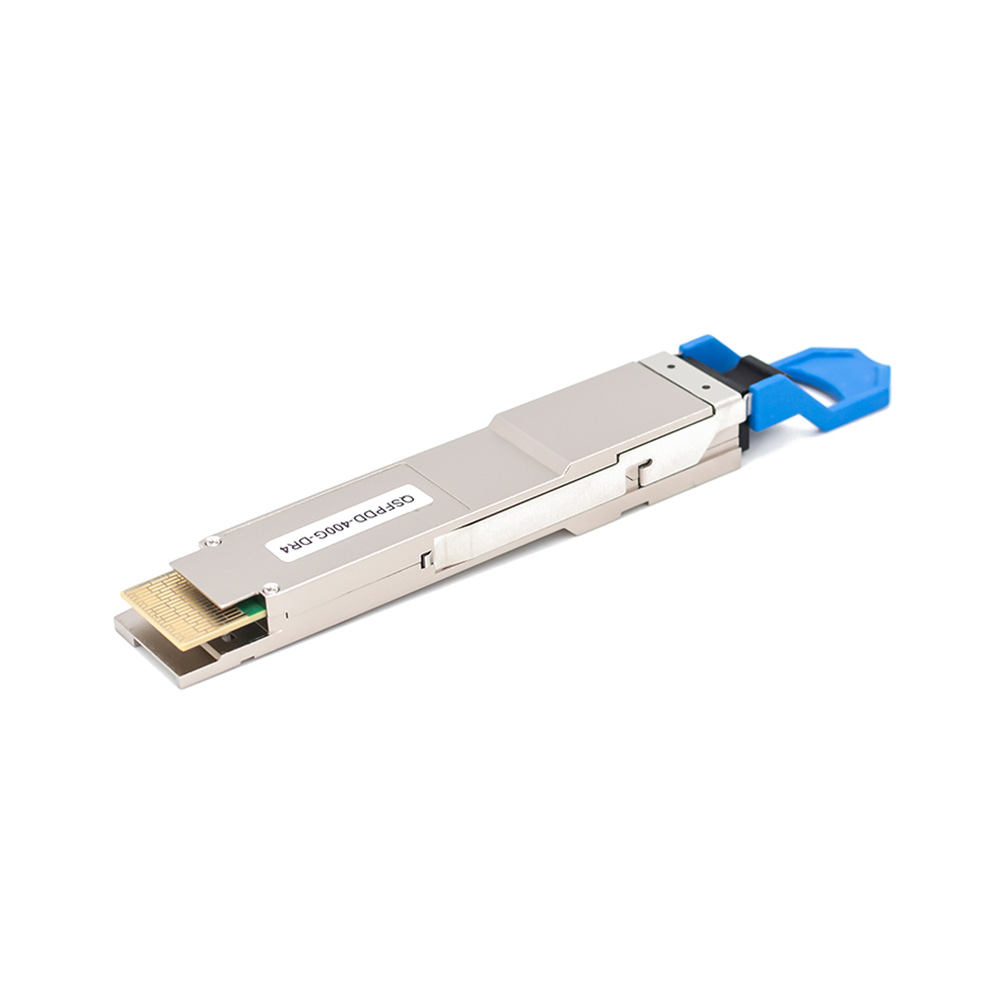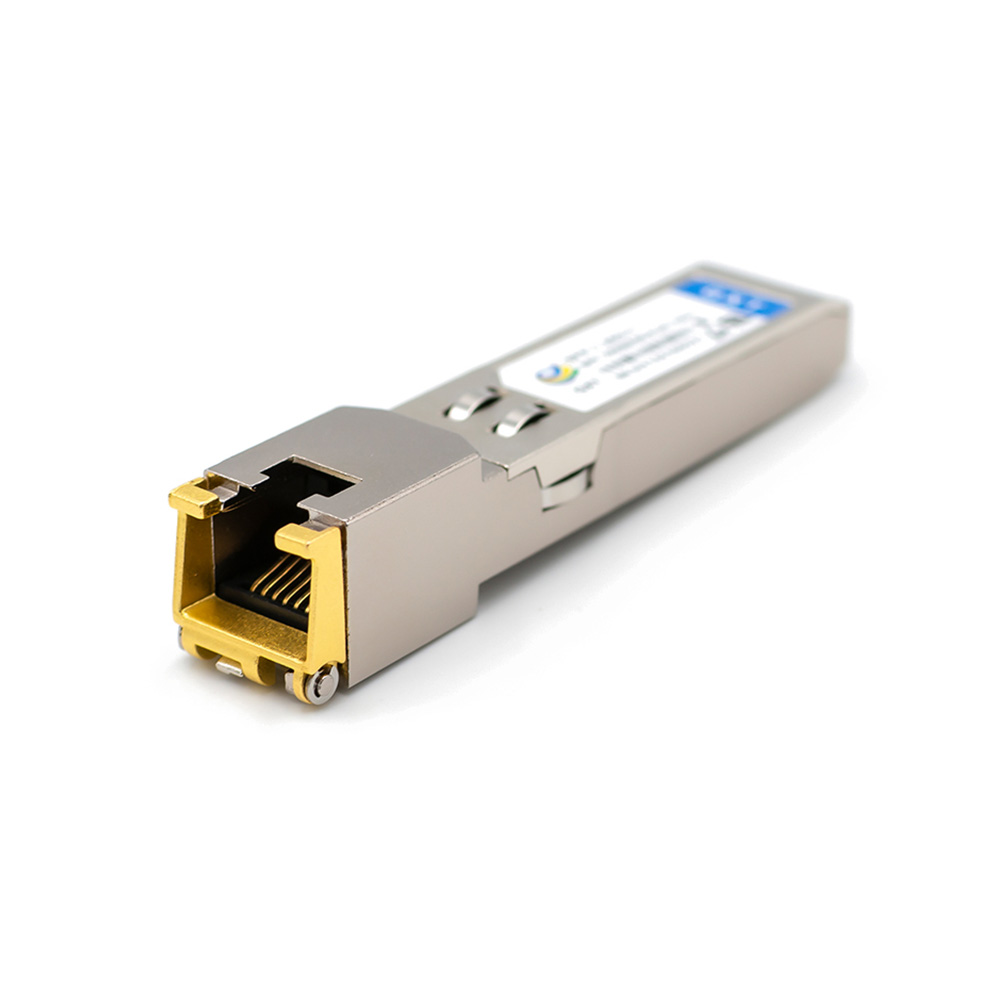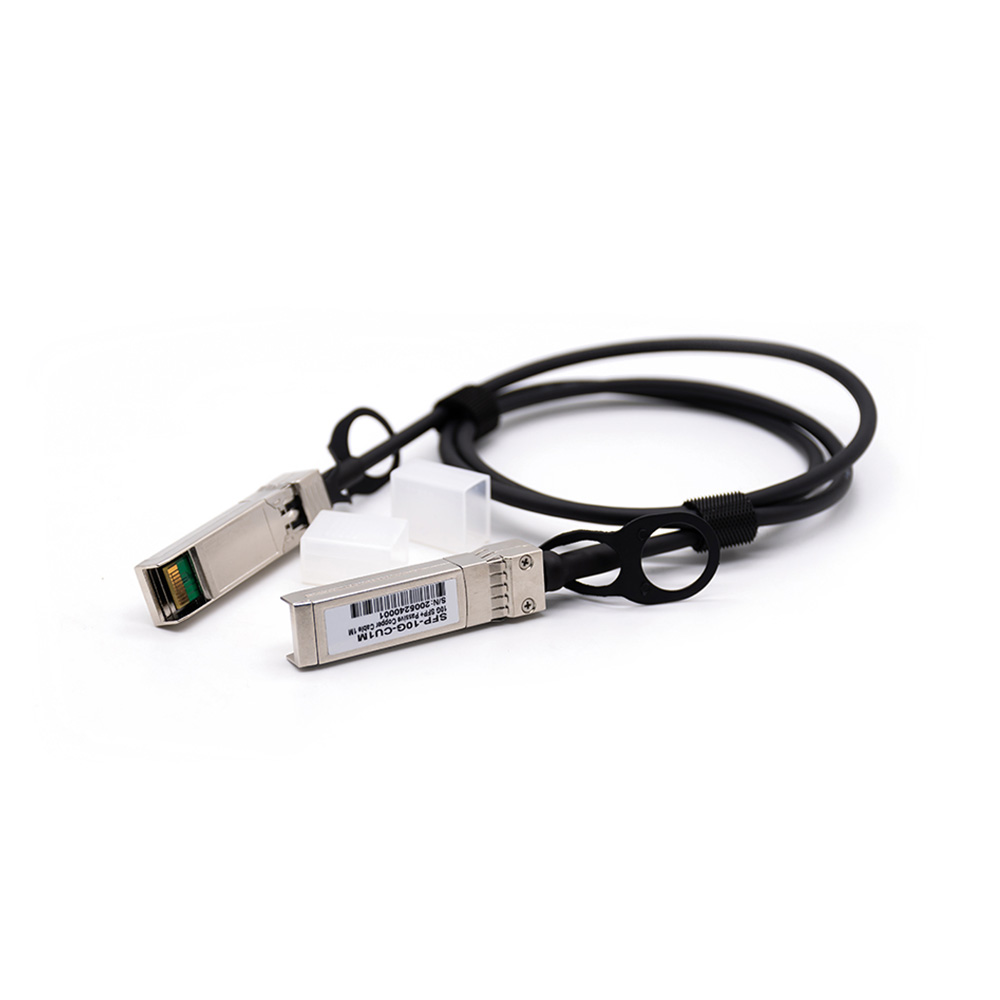Camera Link, a standard developed by a consortium of camera and frame grabber manufacturers, provides a universal solution for high-speed camera connections. These cables offer Power over Camera Link (PoCL) compatibility and boast 11 shielded pairs for impeccable signal integrity. Overmolding ensures robust strength and durability, and they are rigorously tested for functionality, with RoHS and UL approvals. Additionally, we offer customized connection types and cable lengths to suit your specific needs.
Features
Exceptional Quality and High Flex Life: All our Camera Link cable assemblies meet high flex or robotics specifications.
Extensive Durability Testing: We subject our cables to a lifetime test, surpassing 3 million cycles, examining flex factors such as locomotive track, flex radius, and speed.
Ultra-Low Noise Mini Camera Link Cables: Our assemblies are engineered to minimize noise for pristine data transmission.
Wide Compatibility: Available in lengths ranging from 1 meter to 6 meters, tested at 85 MHz (with an extended 10-meter option at 70 MHz). PoCL and Non-PoCL variants are available.
Versatile Connector Options: Choose from straight, up, and down directions for MDR and SDR mini connectors.
Applications
Our high-speed interface cables find application in a diverse range of industries, including:
- Machine Visionindustrial Camera Connection
- Movable System, Picture Transmission
- Industrial Vision, Industrial Measurement
- Medical Imaging
- Image Recognition
- Positioning
- Industrial Monitoring
- Instrumentation and Other Fields of Industrial Automation
- Application in Semiconductor Industry
- Application of Mechanical Parts Industry
- Research and Application of Image Processing and Analysis
- Electronics and Automotive Industry Applications
- Application of Streaming Media
- Packaging Industry Applications and Other Applications
- Application in Agricultural Production
Our Advantages
OEM/ODM Service: With extensive factory experience, we offer customization options.
Expertise in Cable Assembly: We specialize in designing, developing, and manufacturing high-speed cable assemblies for various applications.
Premium Materials: We source materials from reputable suppliers in the USA, Japan, and Taiwan.
Quality Assurance: All cables are rigorously tested and backed by a 1-2 year guarantee.
Fast Response and Delivery: Count on us for quick response times and efficient delivery.
Sample Testing: We provide 100% sample testing before placing an order.
If you’re interested in our 5.0m Mini Camera Link to Camera Link Cable SDR-MDR for Frame Grabbers and Industrial Machine Vision Cameras, we welcome you to acquire these high-quality products at competitive prices from our factory. We also offer custom production to cater to your specific requirements. As one of the leading manufacturers of MDR to SDR Camera Link Cables in China, we look forward to hearing from you.
Information Extension
Camera Link is a standardized serial communication protocol developed to facilitate camera interface applications, originally based on National Semiconductor’s Channel-link technology. It aims to standardize scientific and industrial video products, encompassing cameras, cables, and frame grabbers. The Automated Imaging Association (AIA), the global machine vision industry’s trade group, oversees and administers this standard.
Camera Link utilizes one to three Channel-link transceiver chips with four links, each transmitting 7 serial bits. These 28 bits are used to represent up to 24 bits of pixel data and 3 bits for video sync signals, with one spare bit. The serialized data is transmitted over five LVDS pairs, along with a dedicated clock. Variants of Camera Link differ in data transfer capacity, with some requiring dual cables for transmission. To transmit or receive the serialized video, a 7× clock is typically generated by a PLL or SERDES block. Data deserialization involves a shift register and counter to transfer data into the parallel clock domain.

